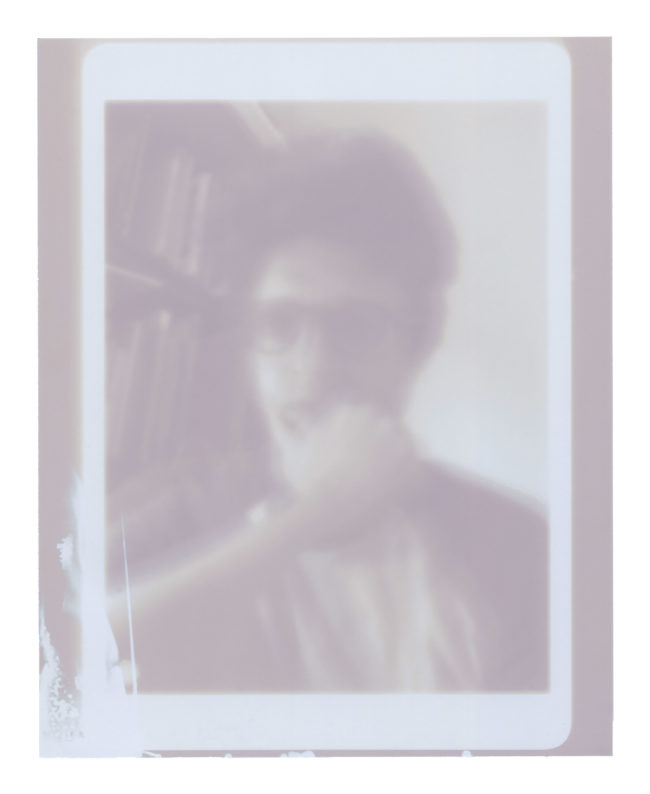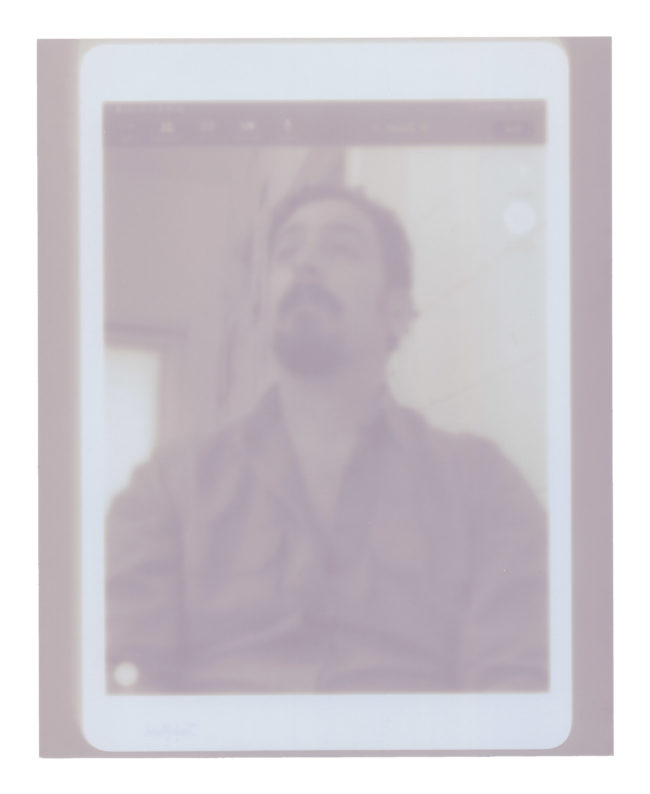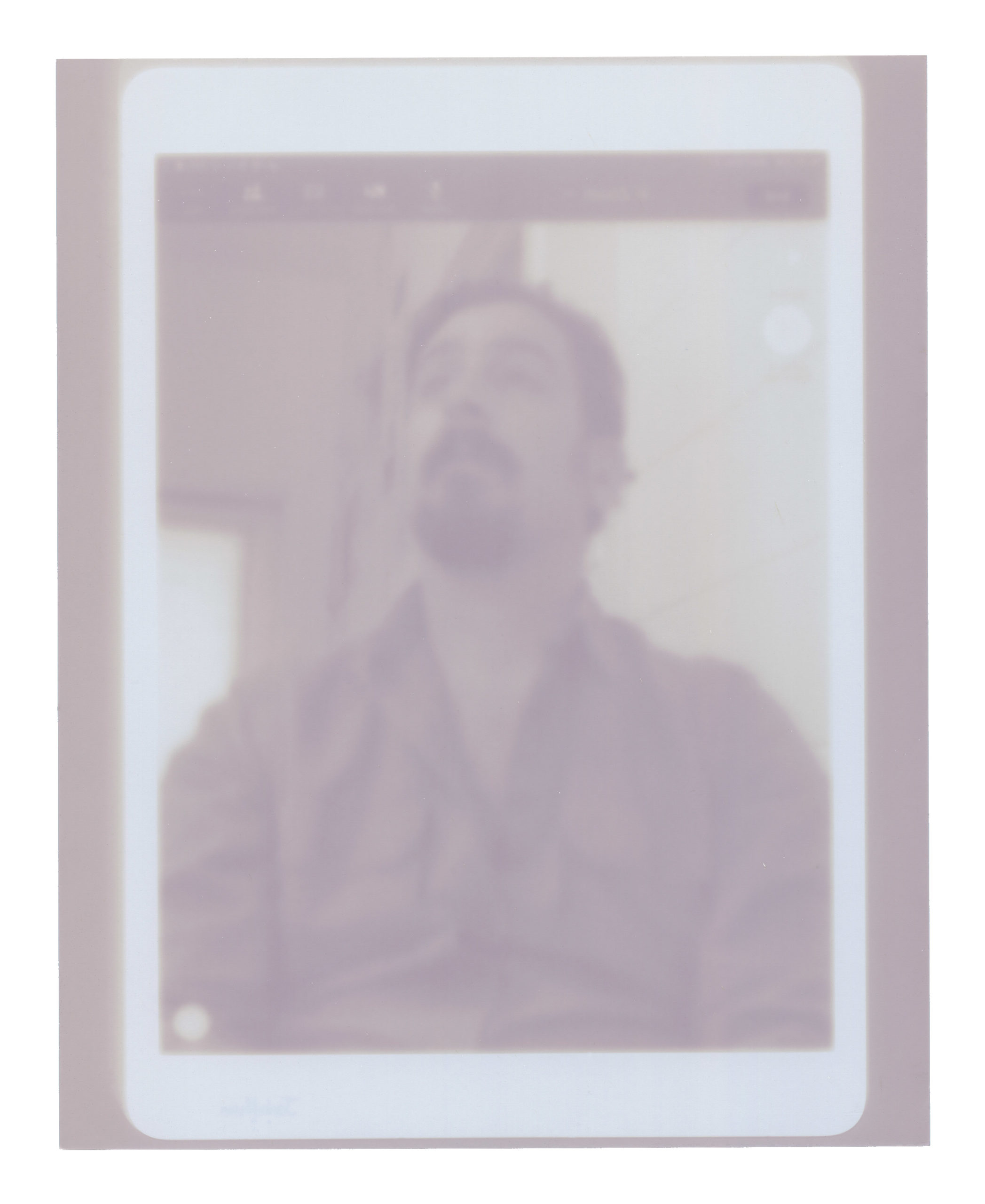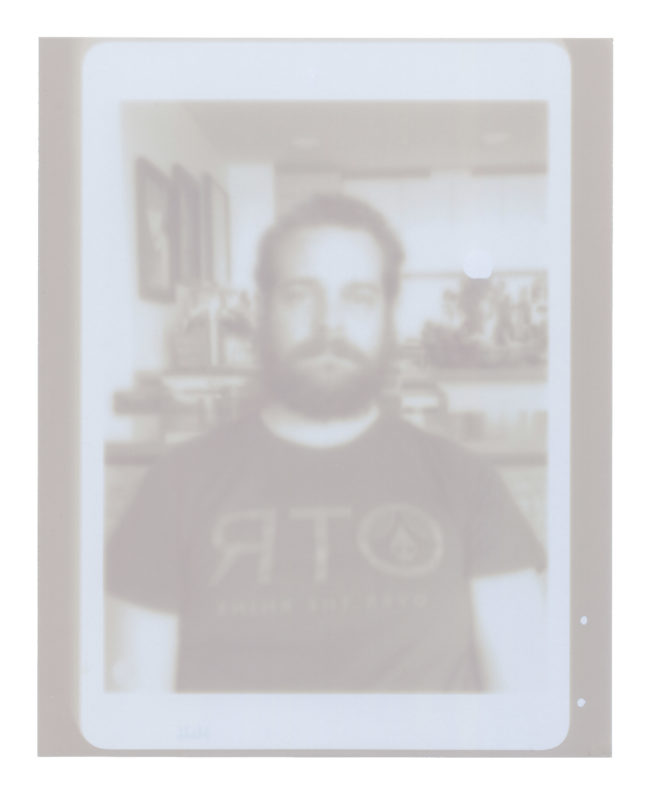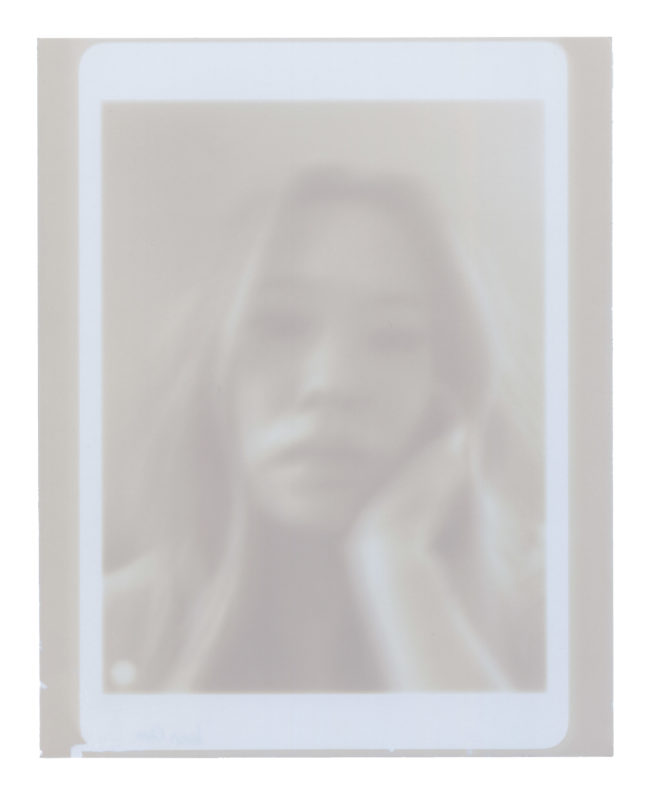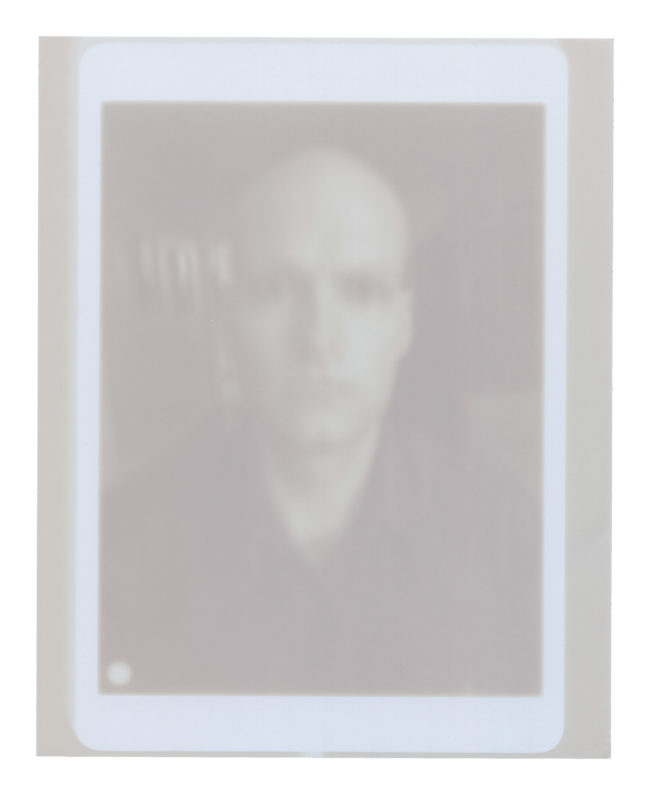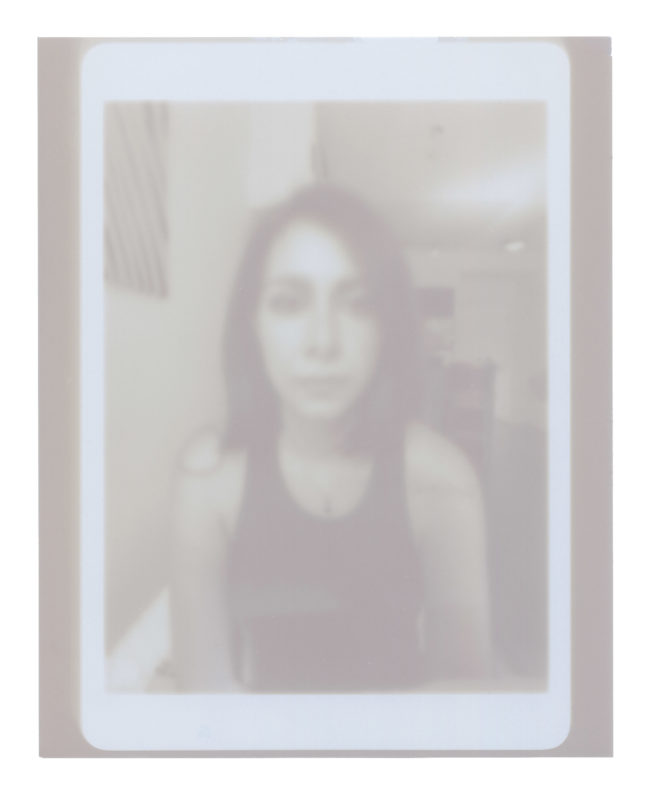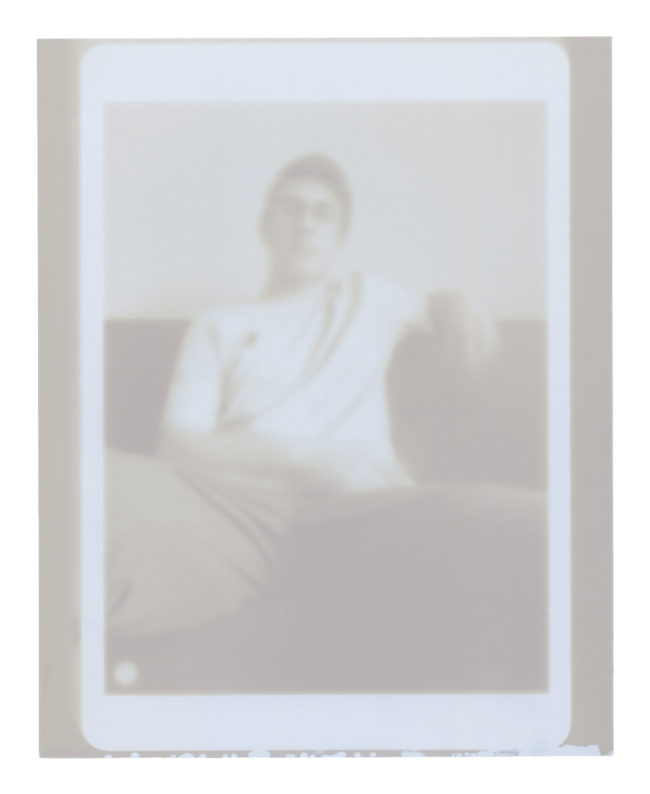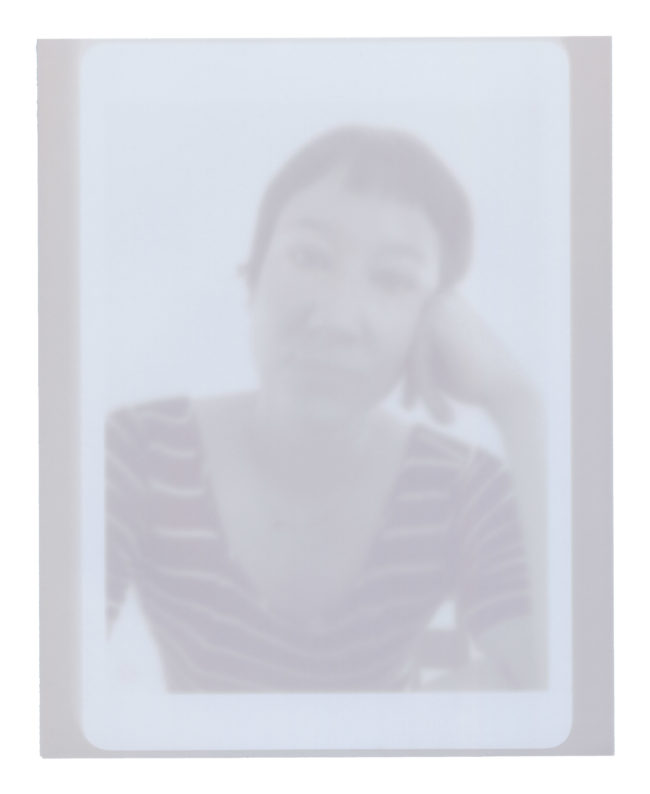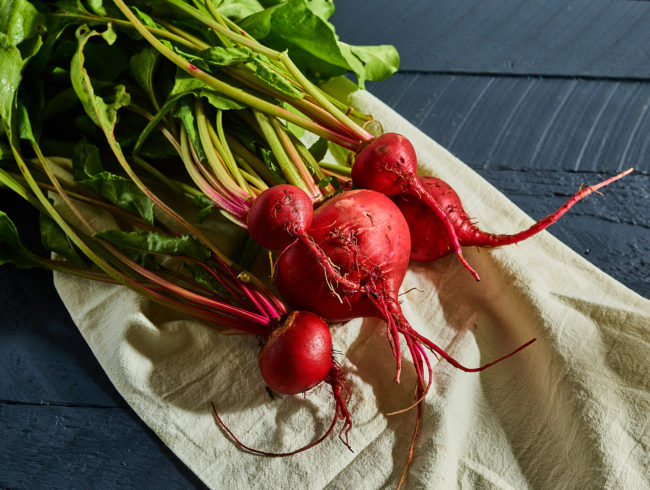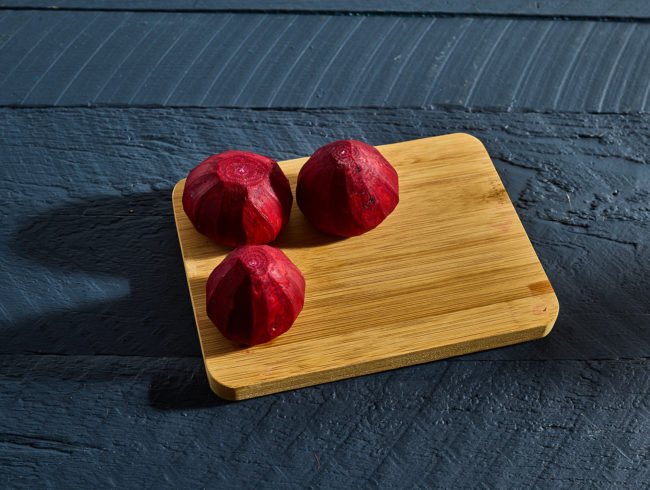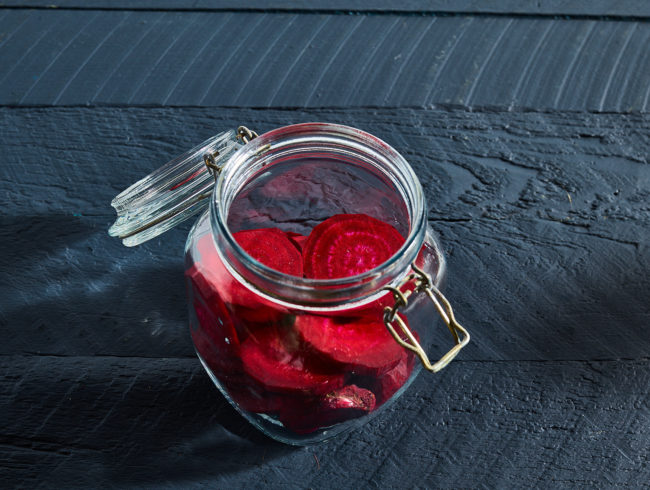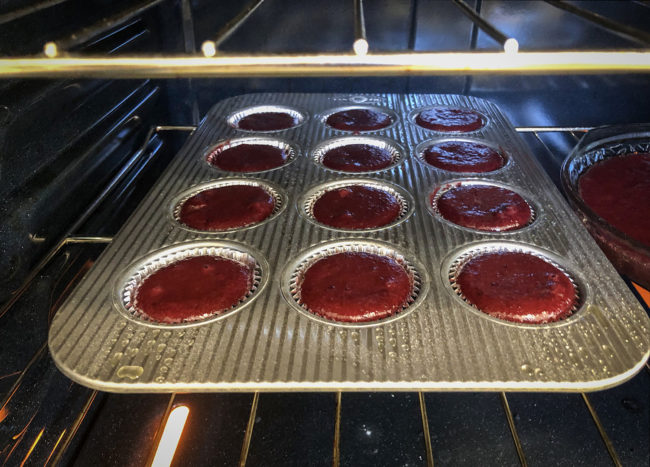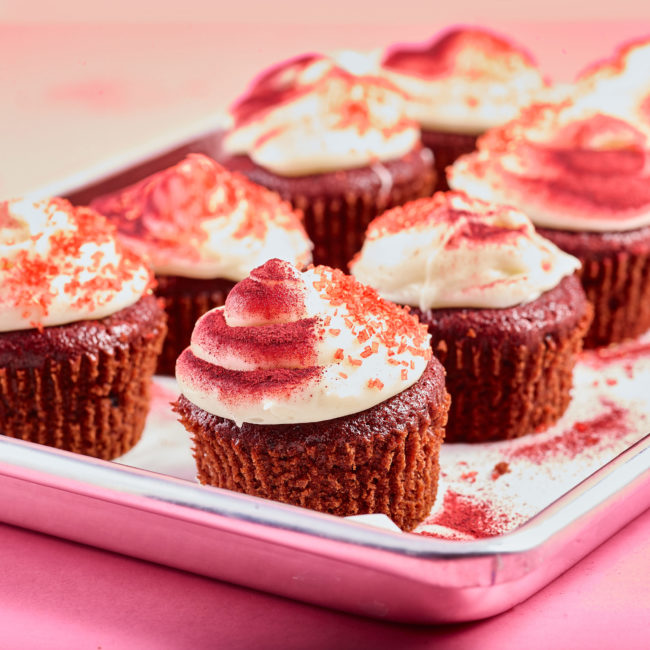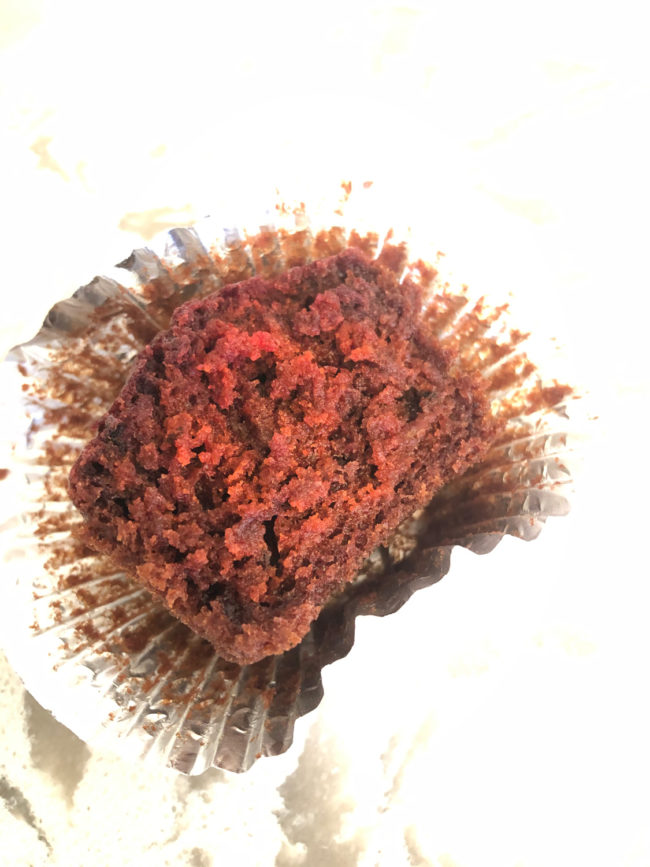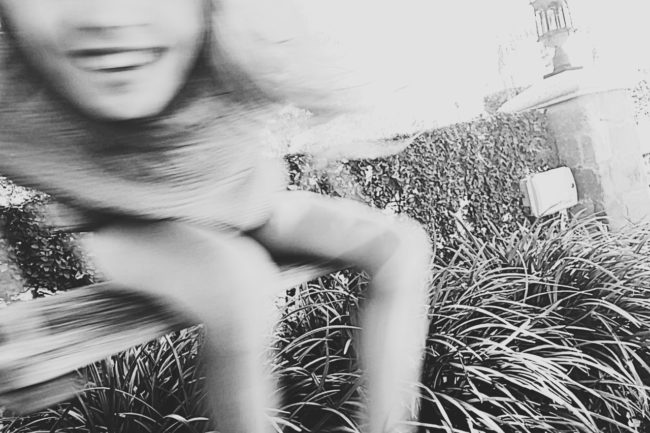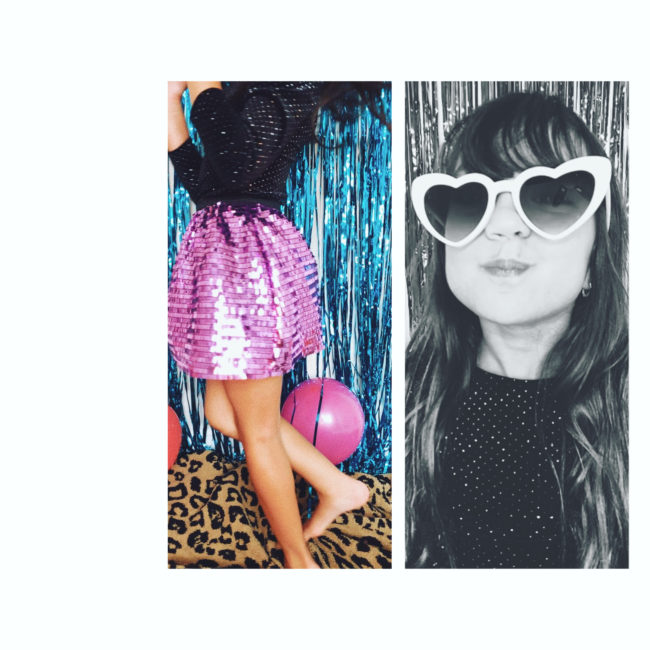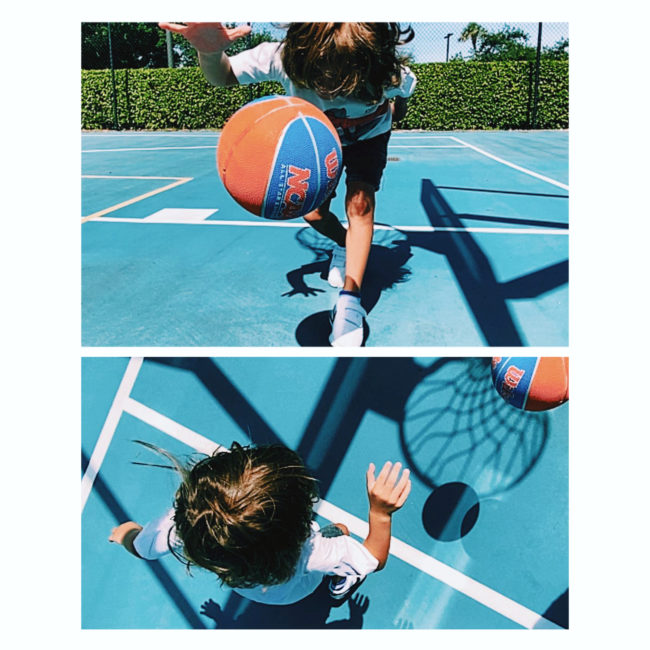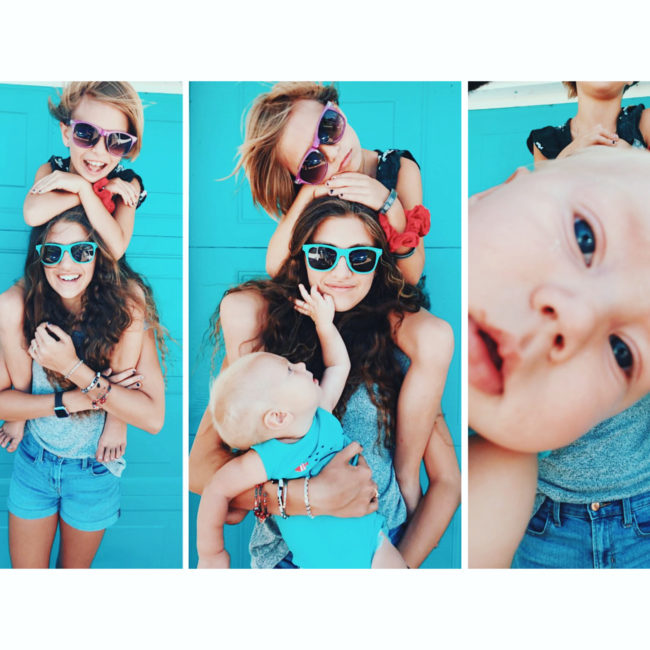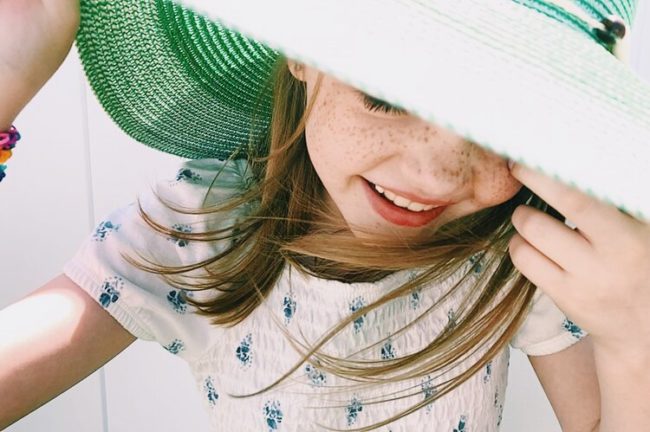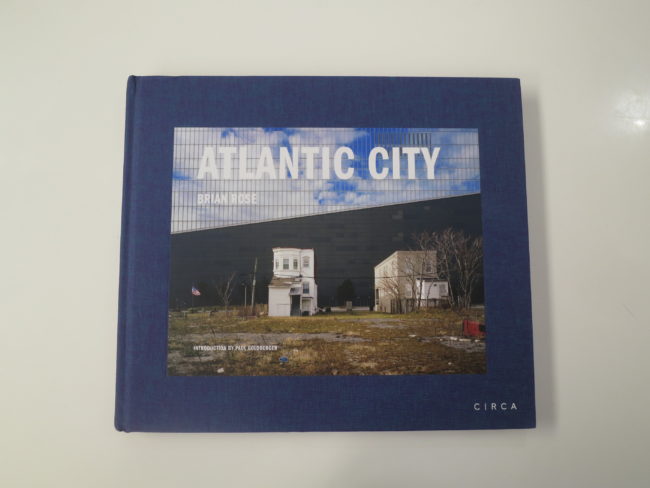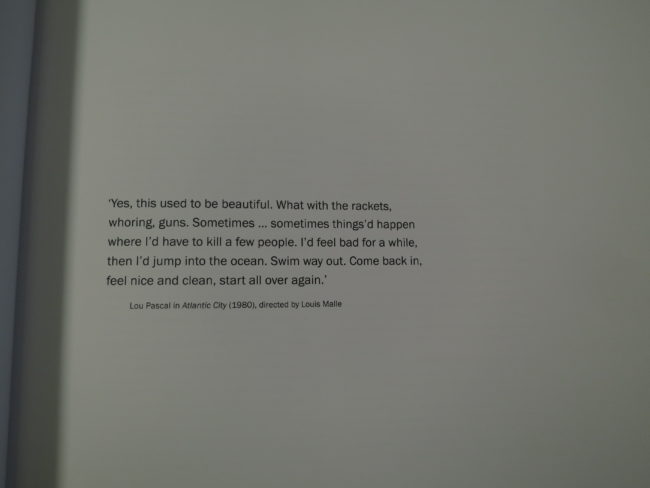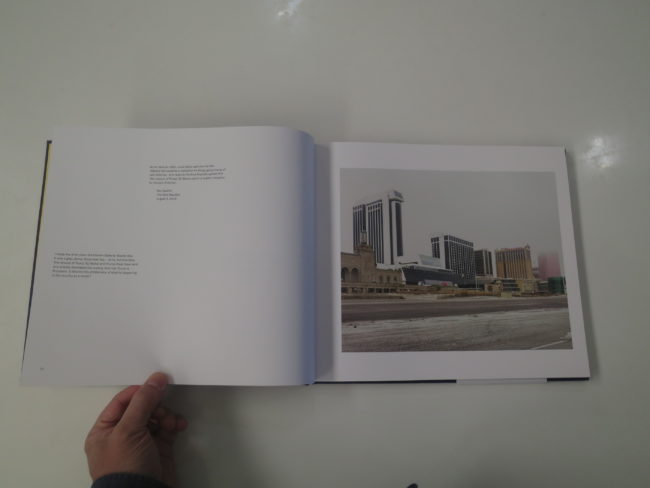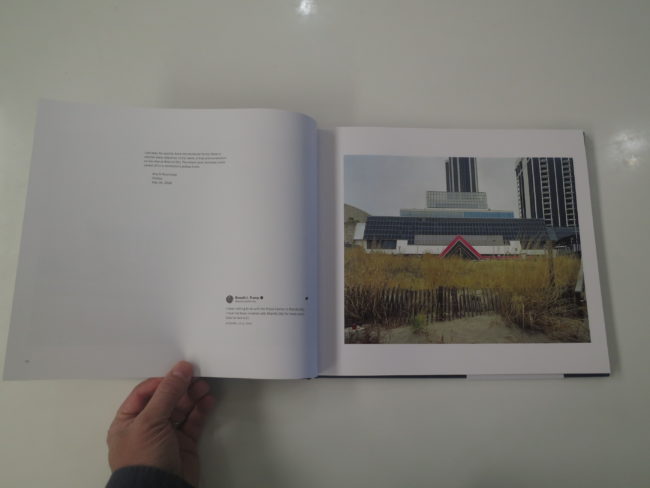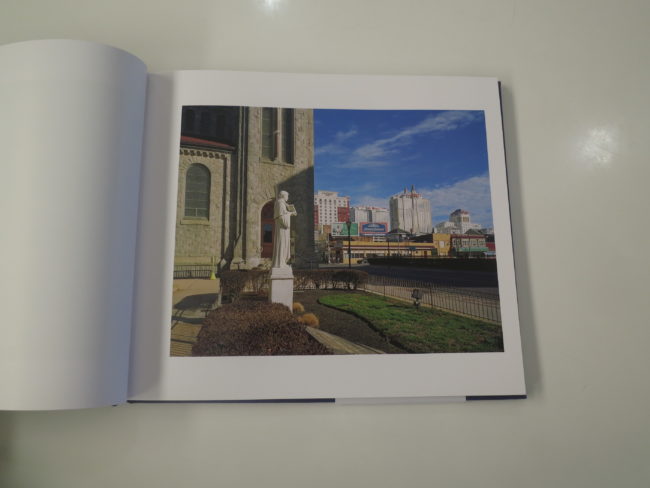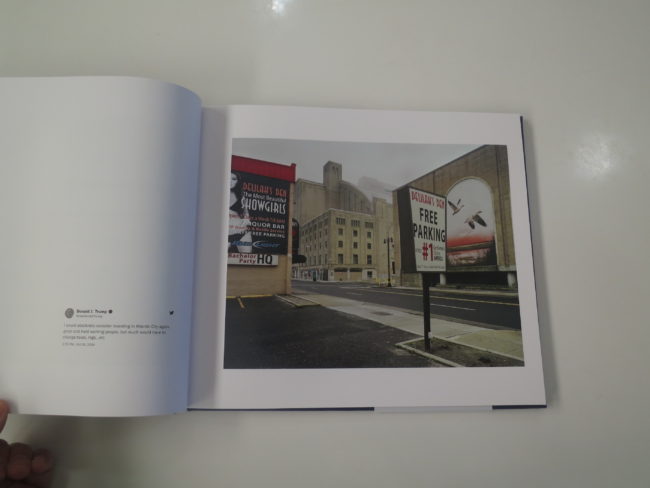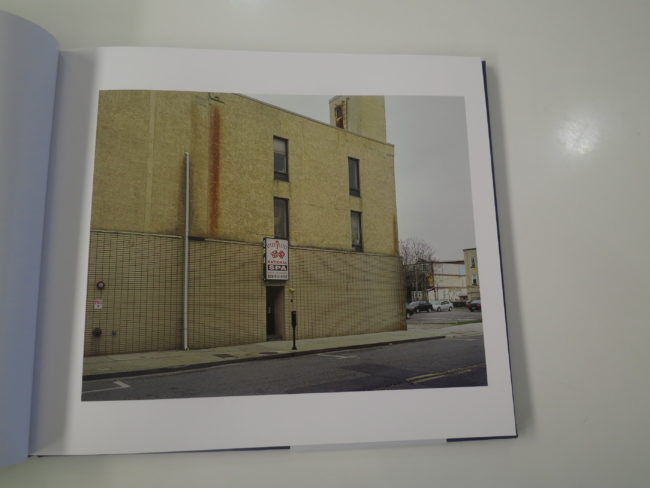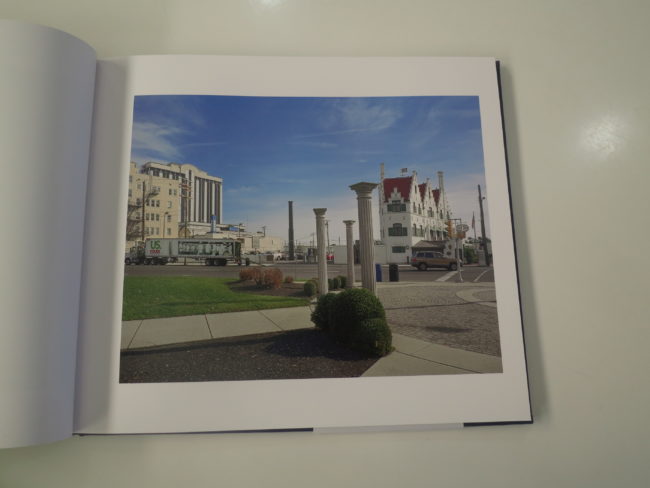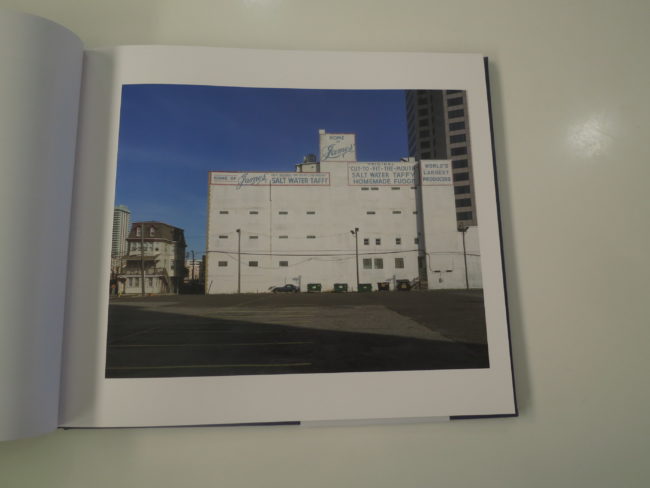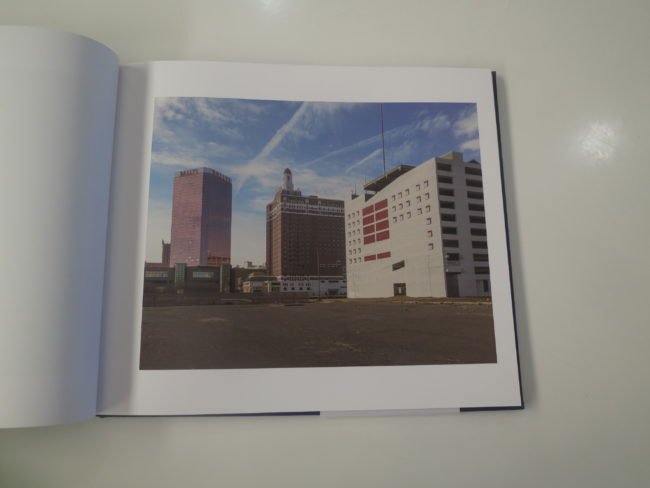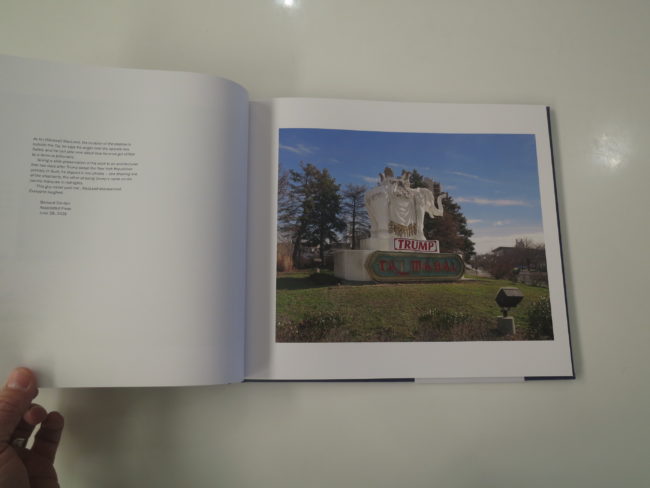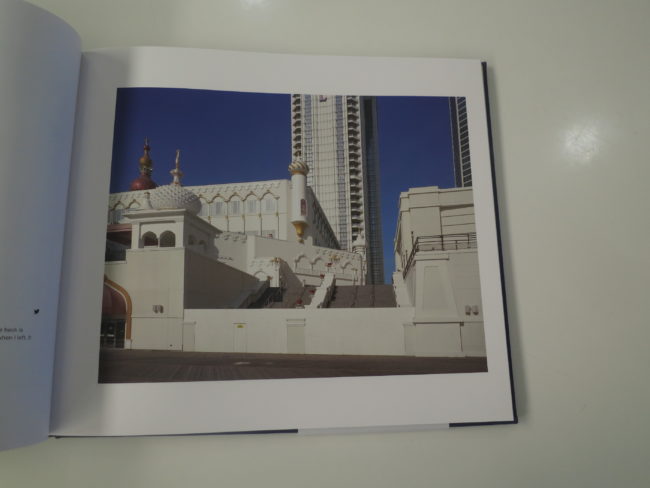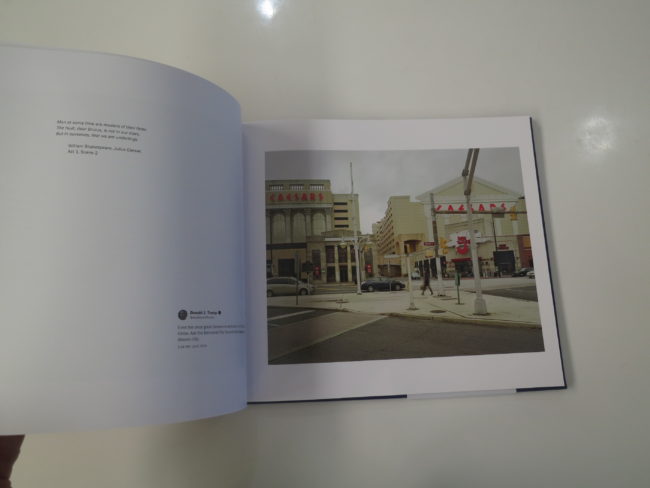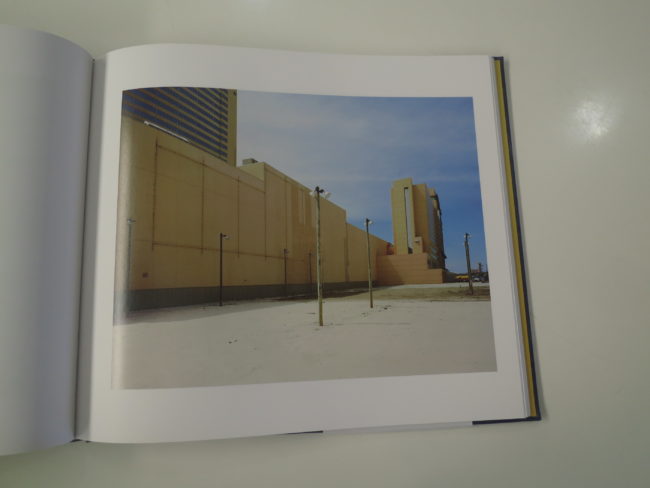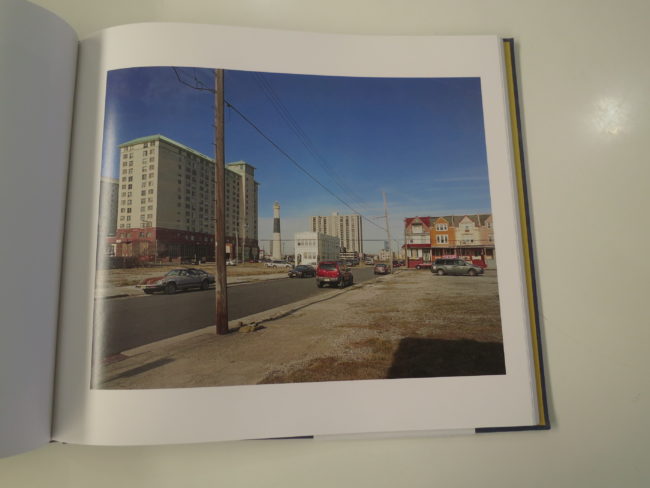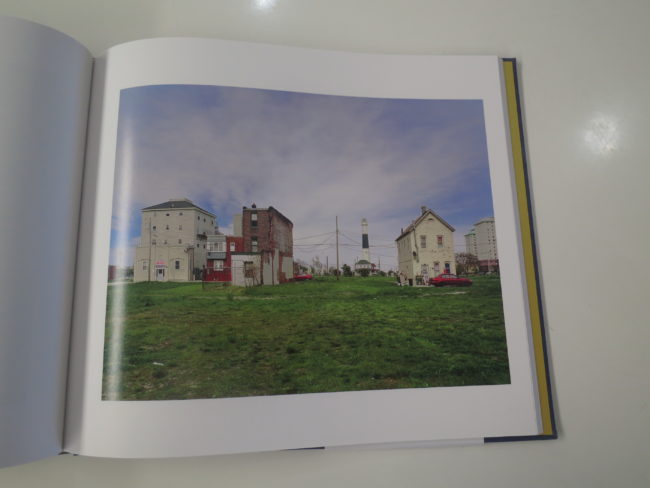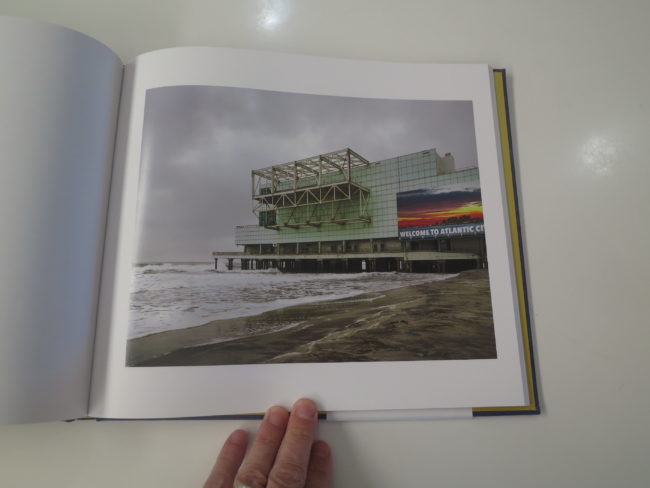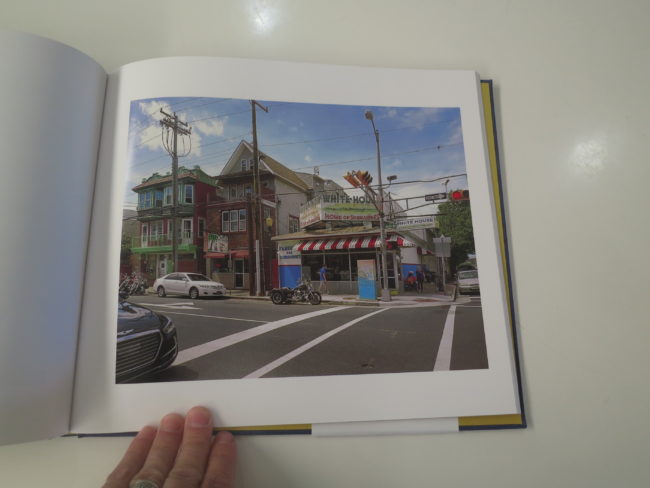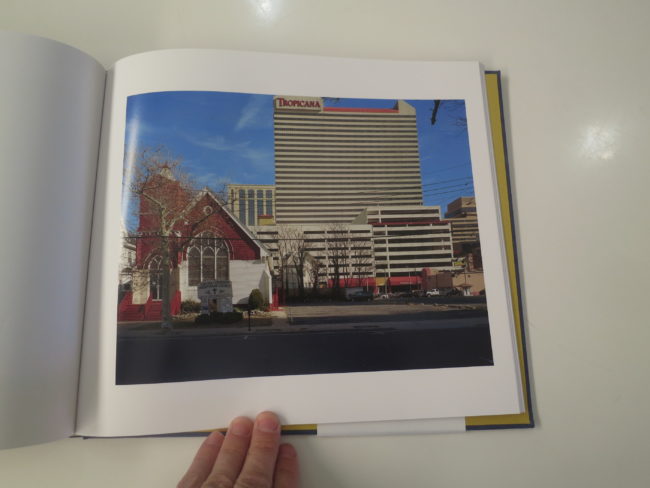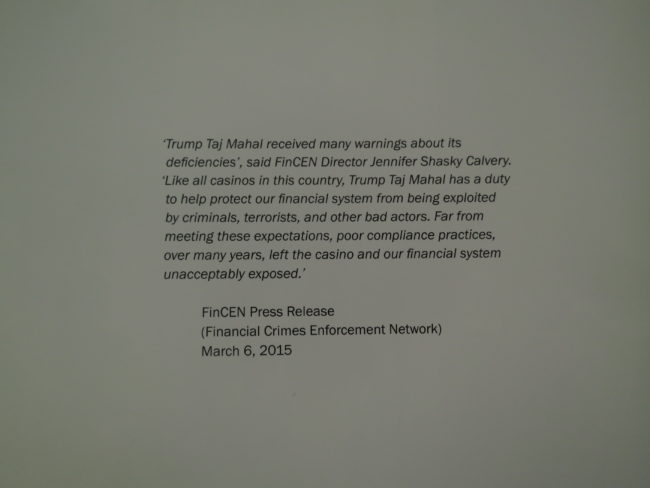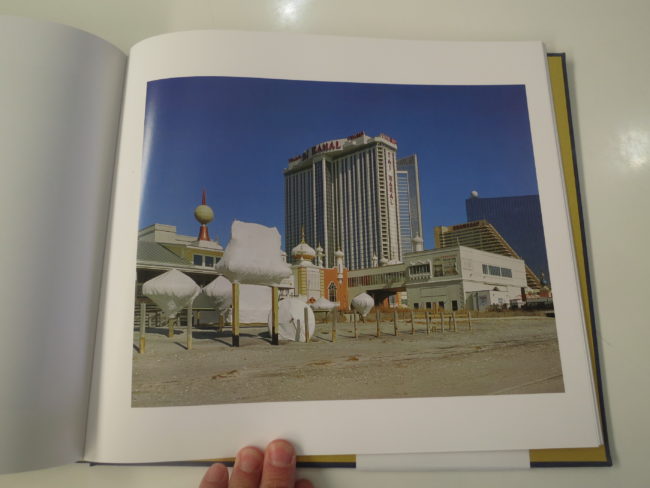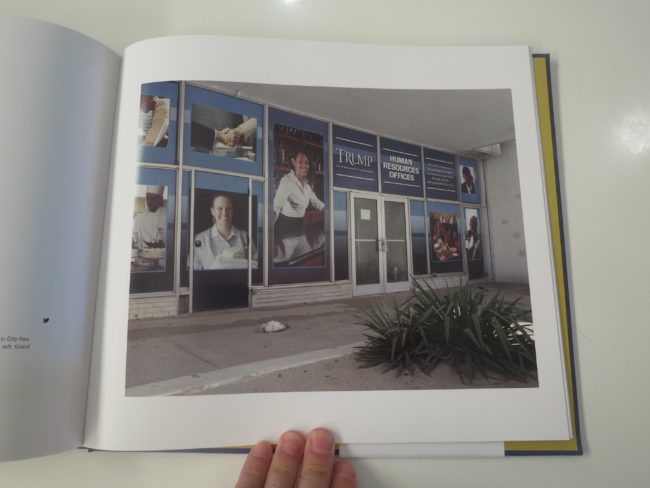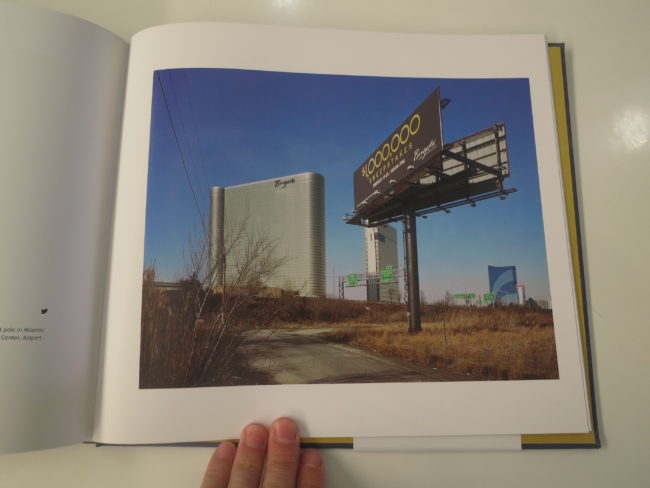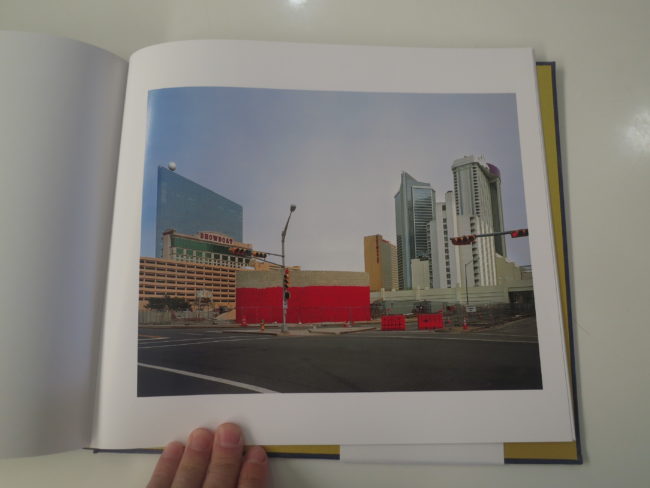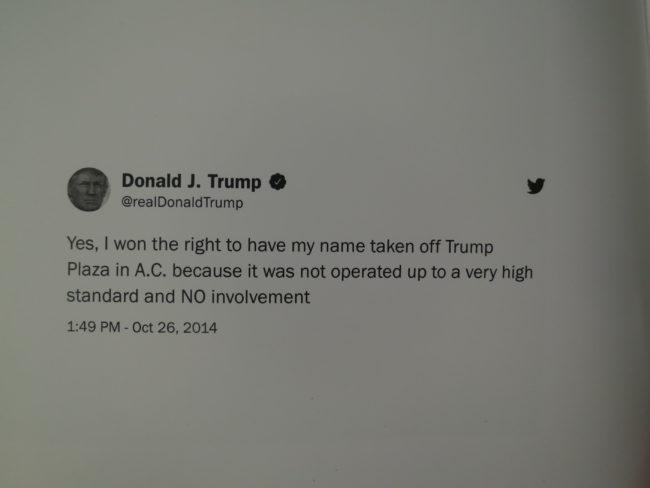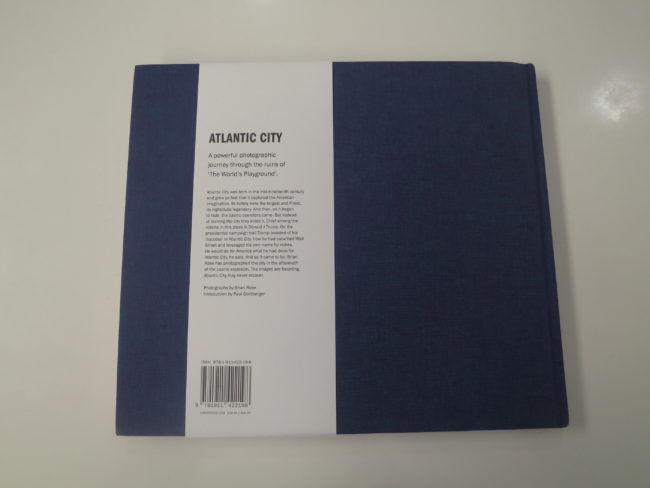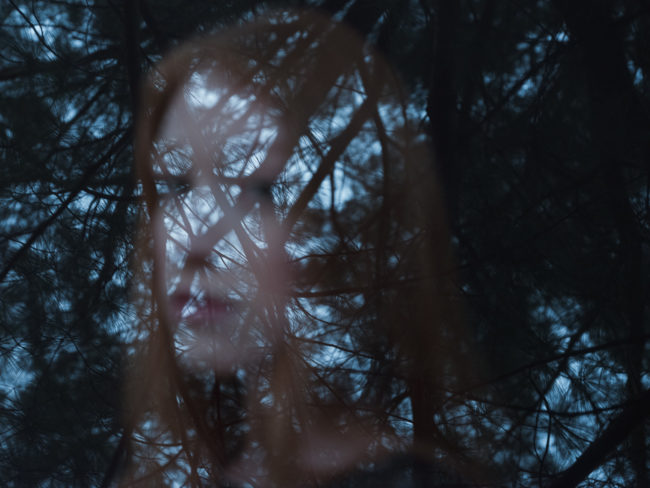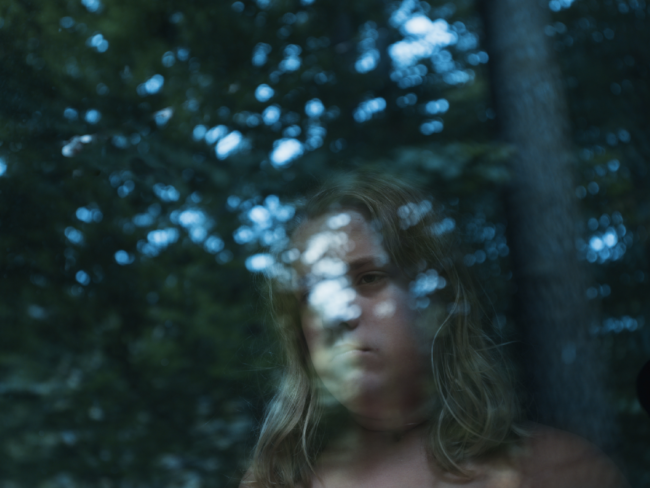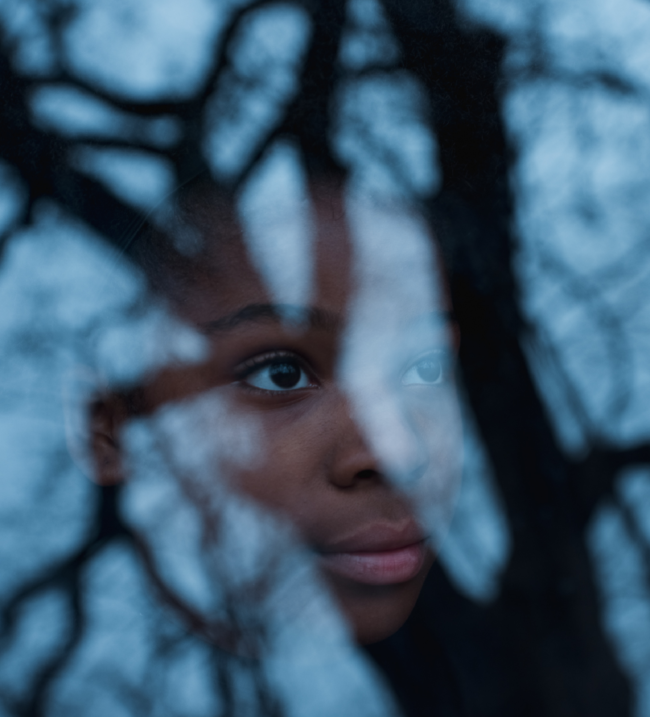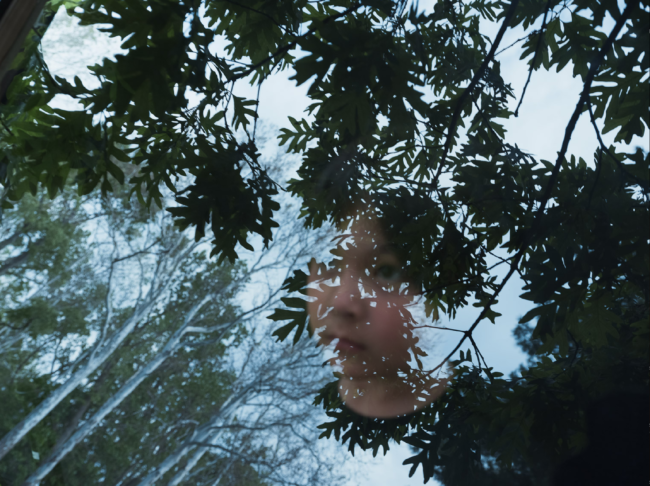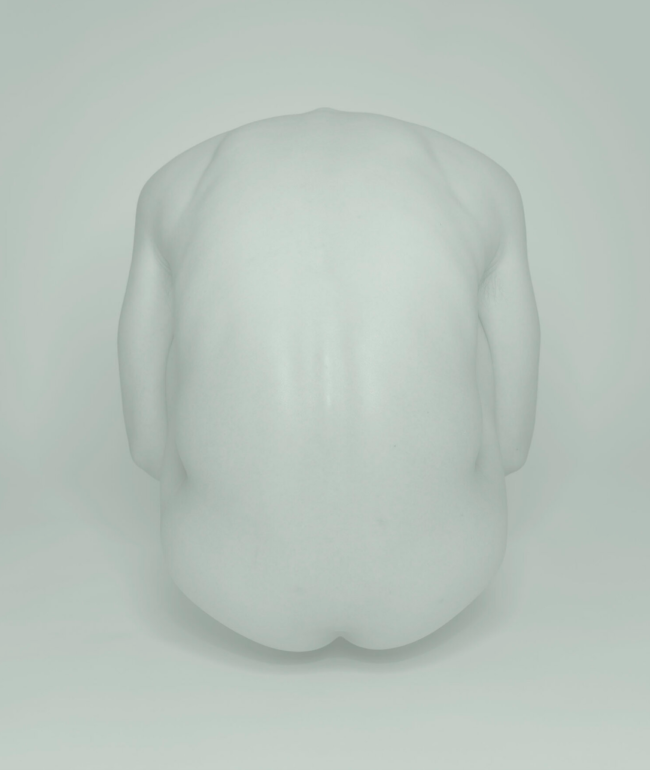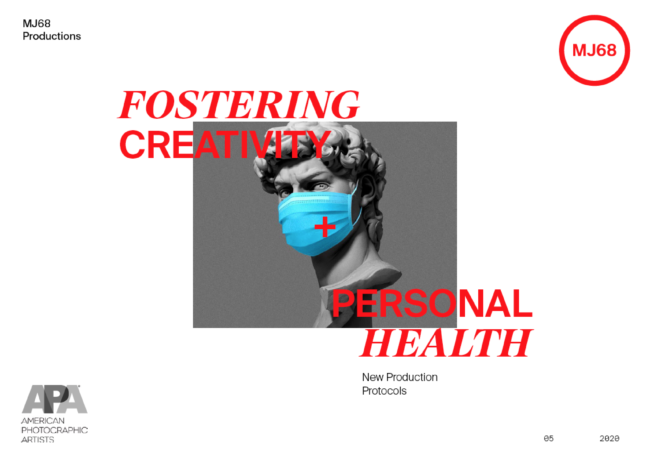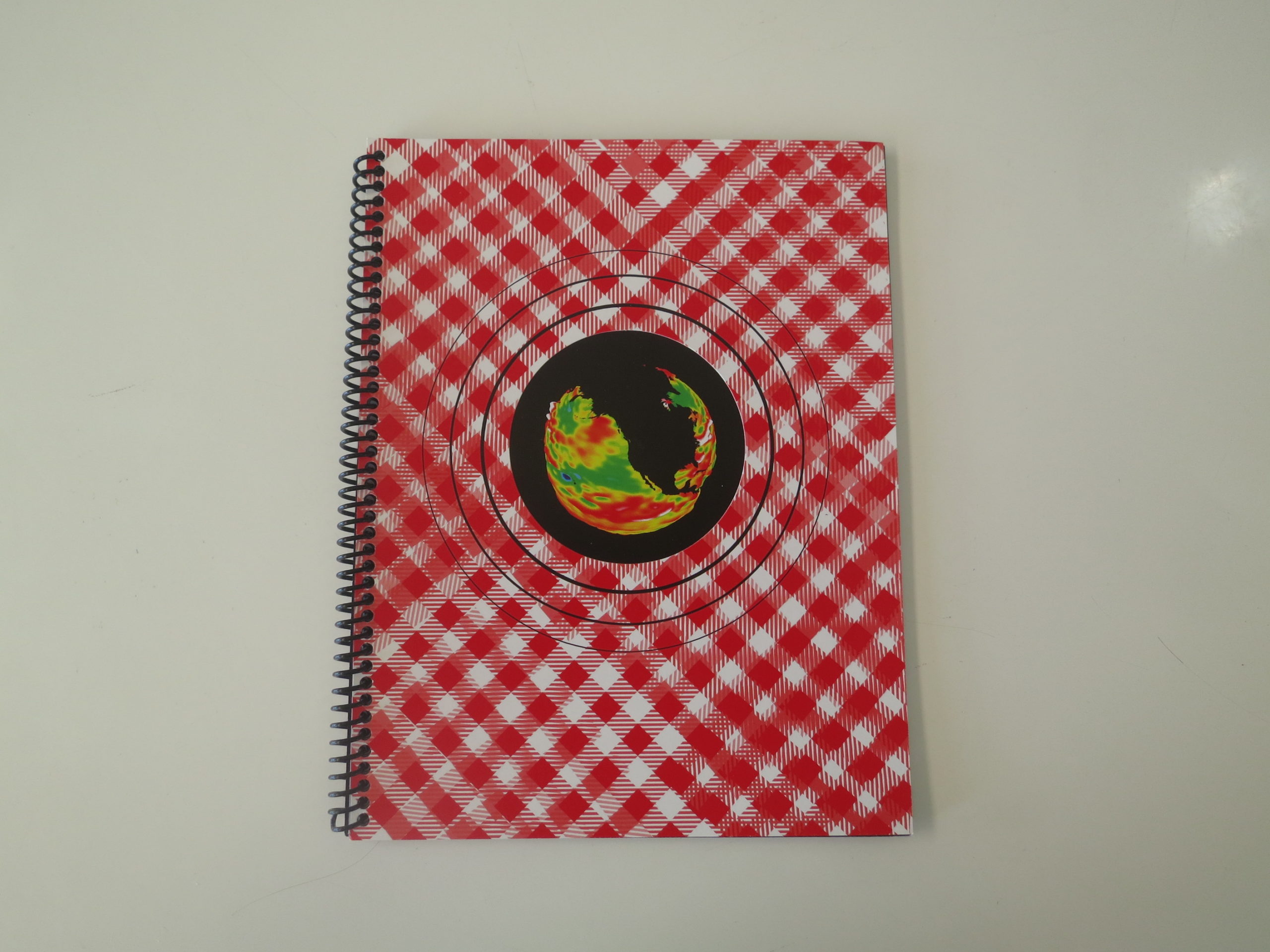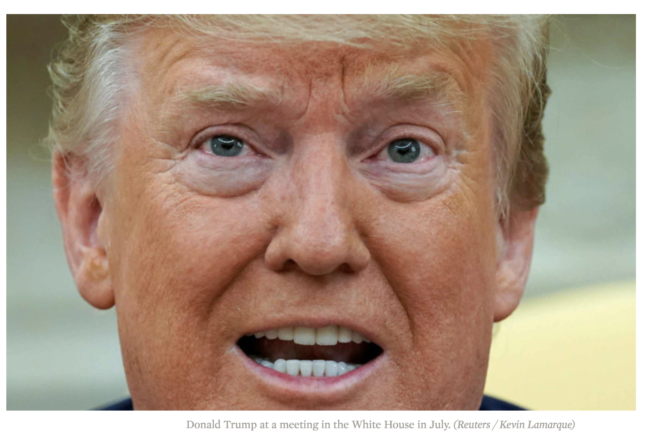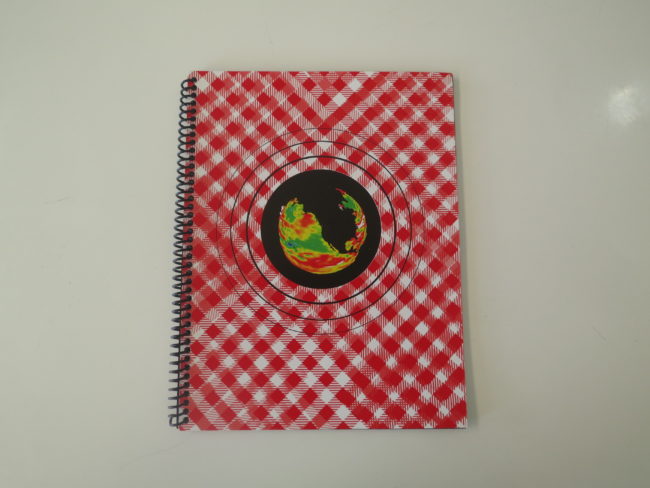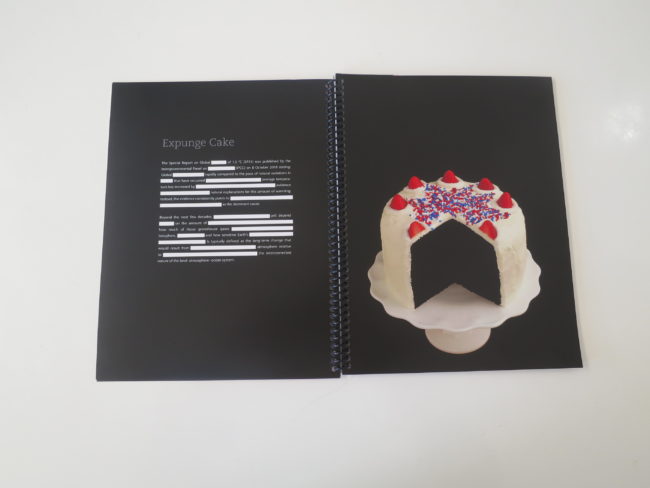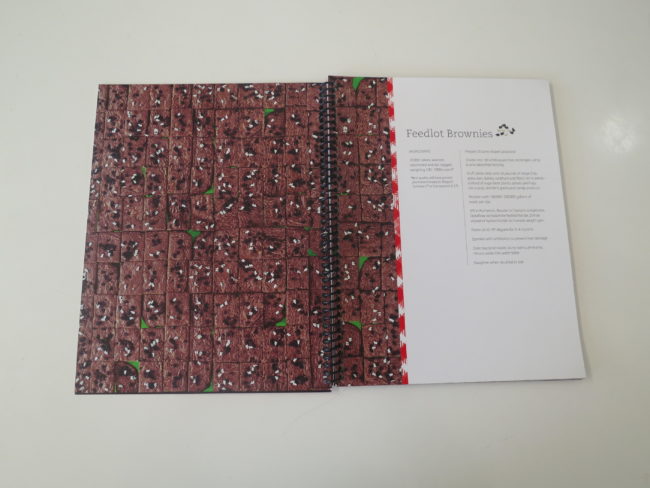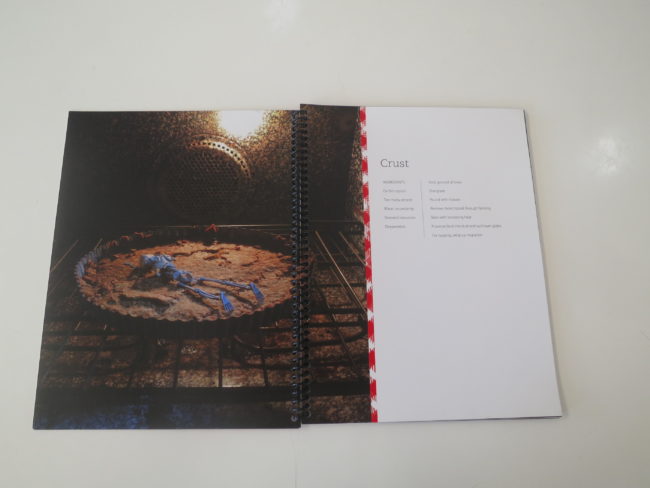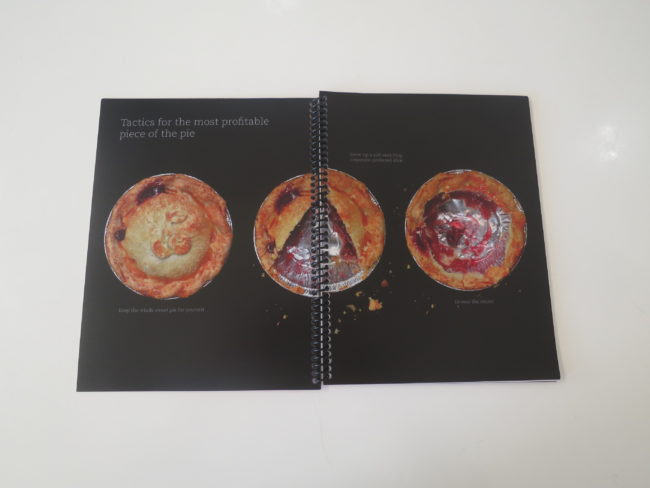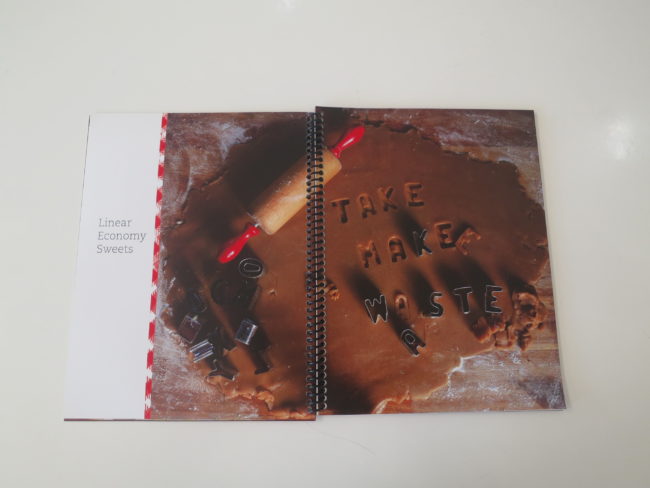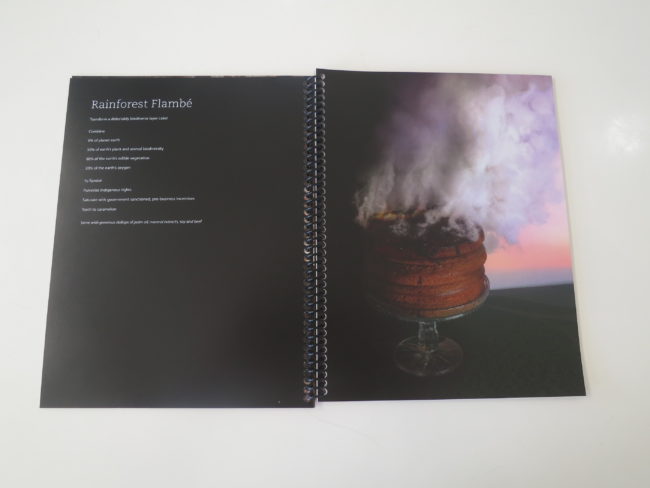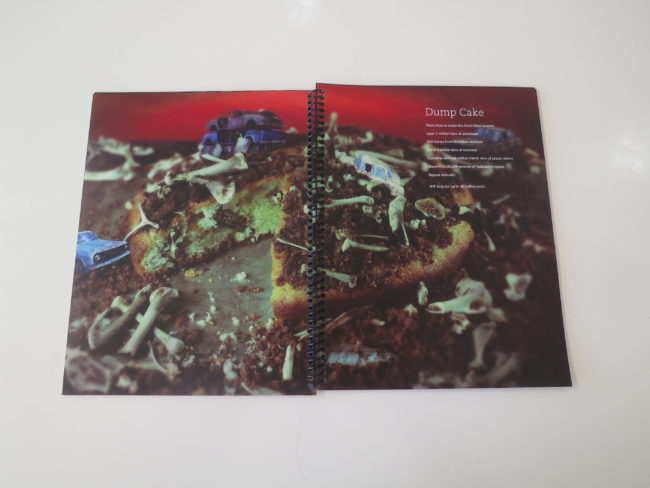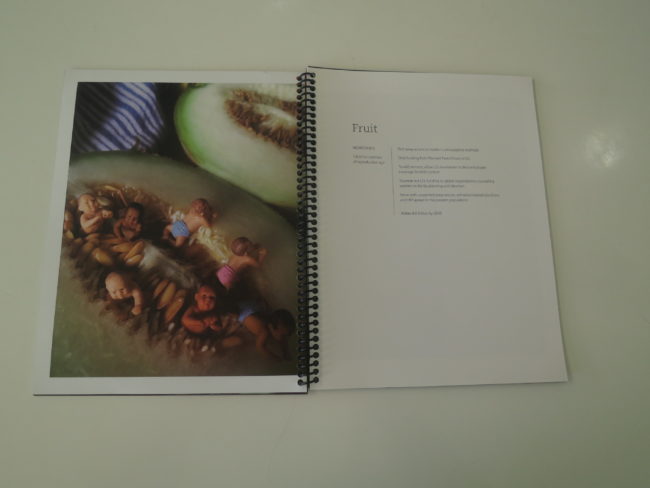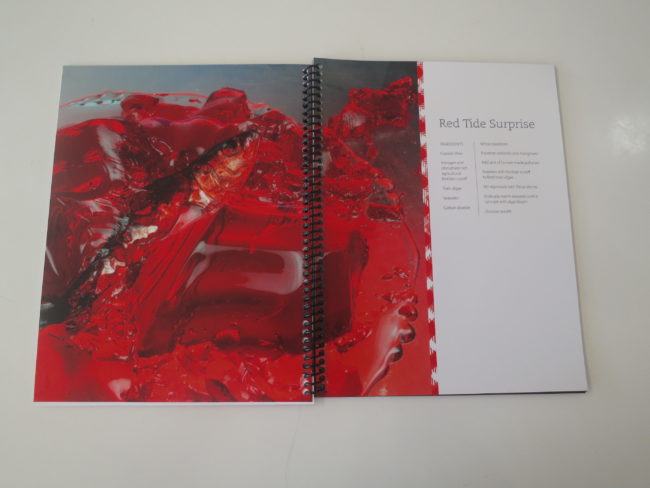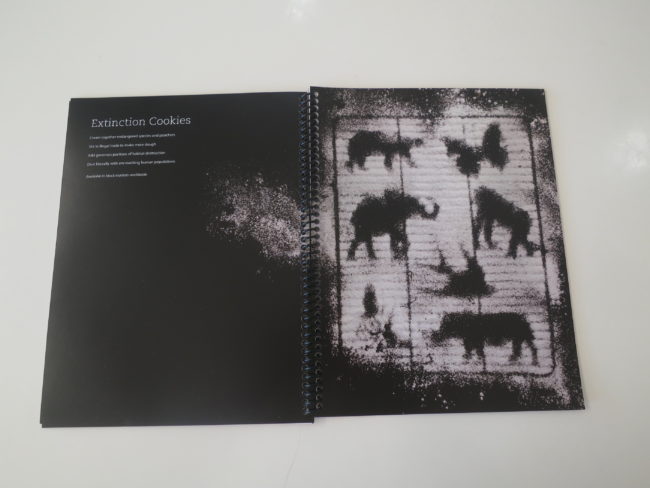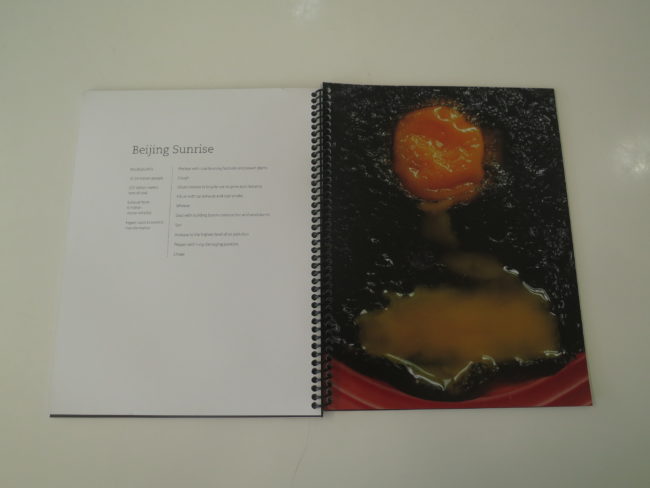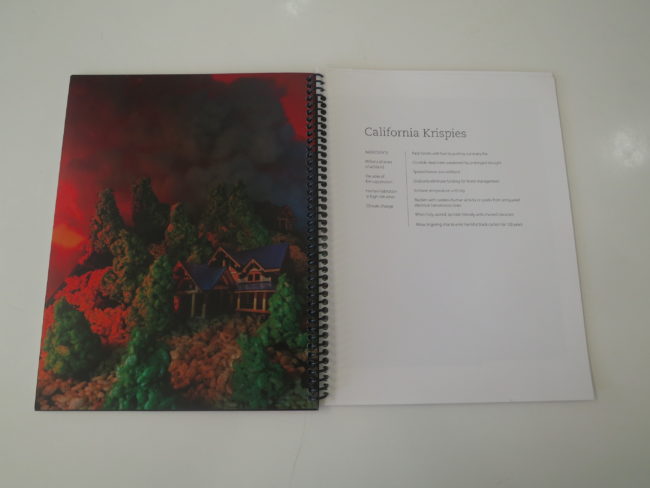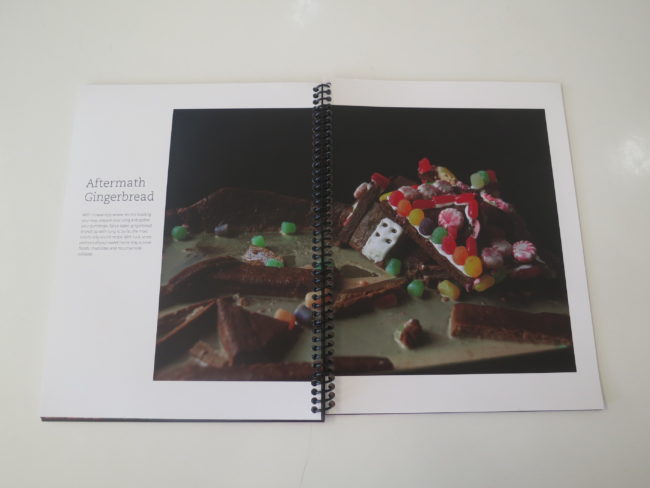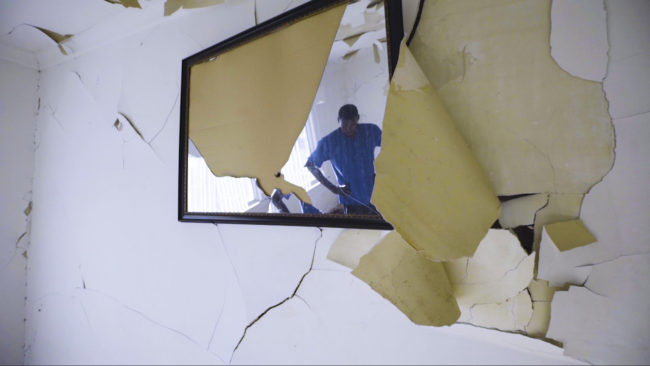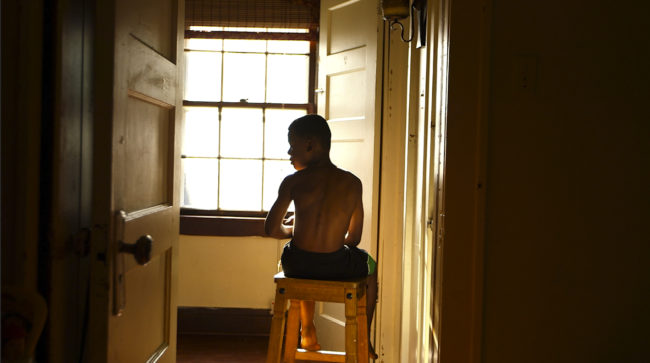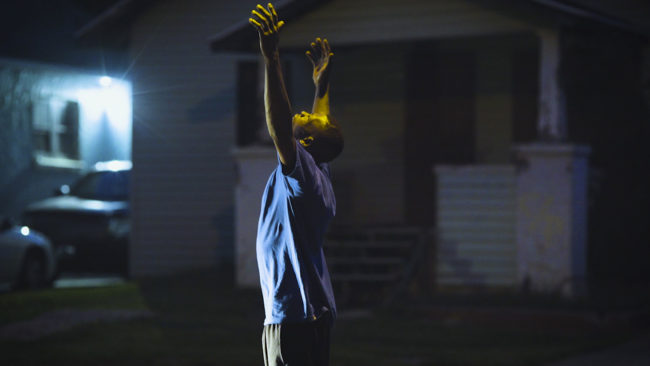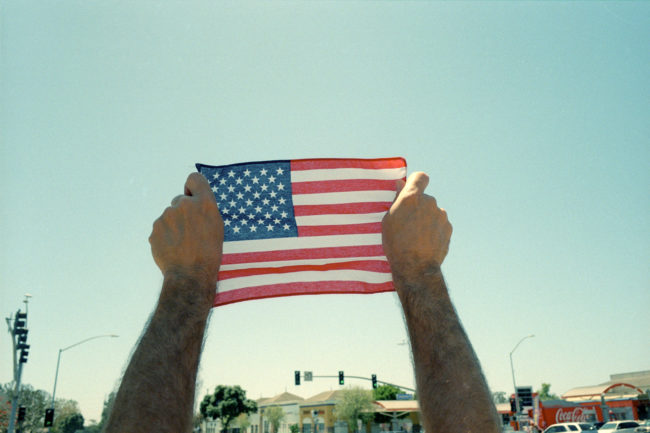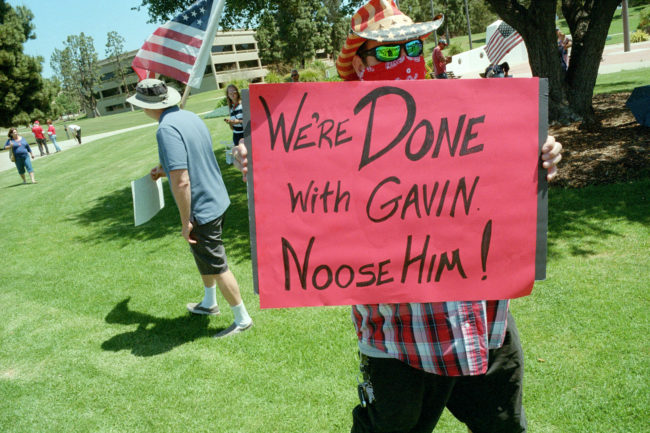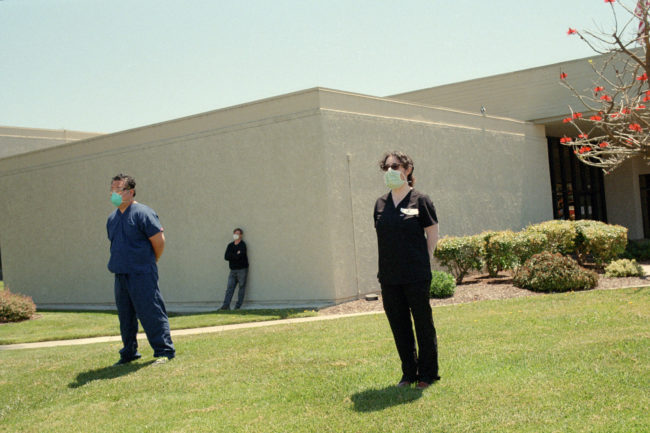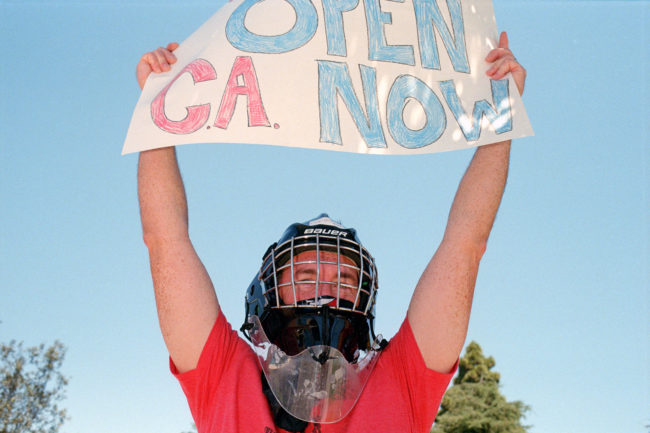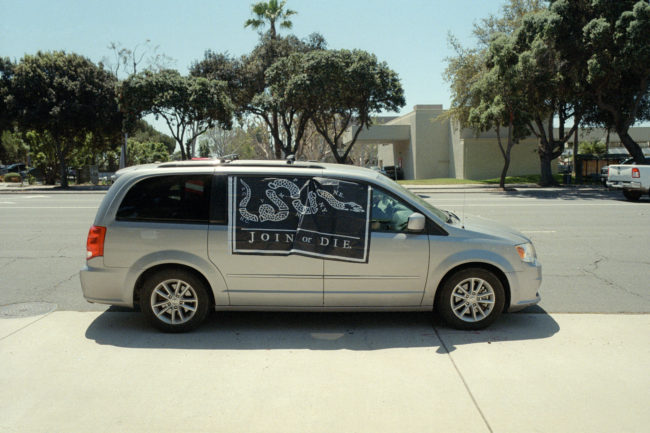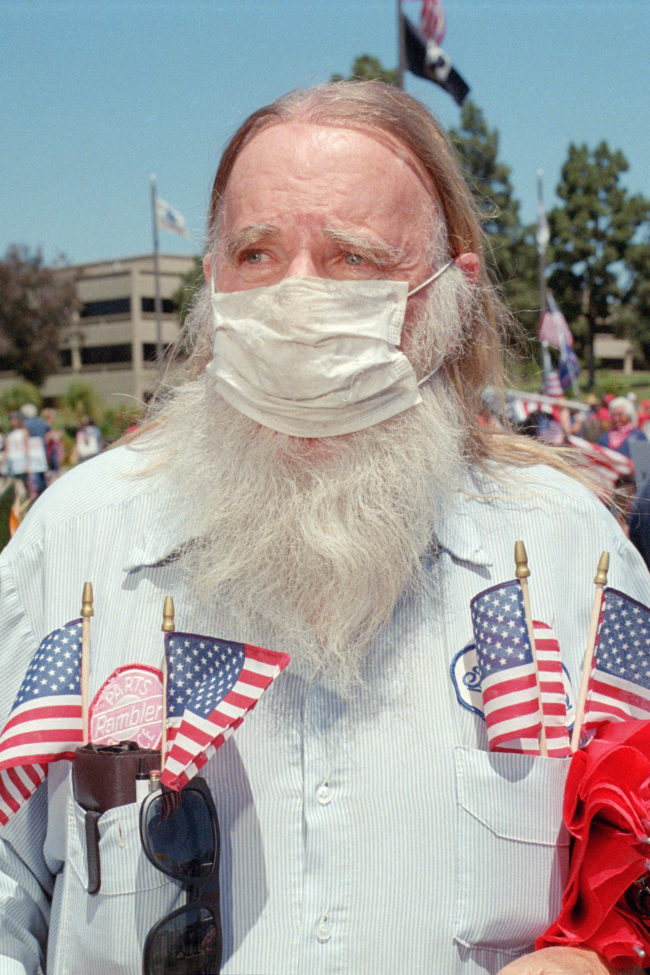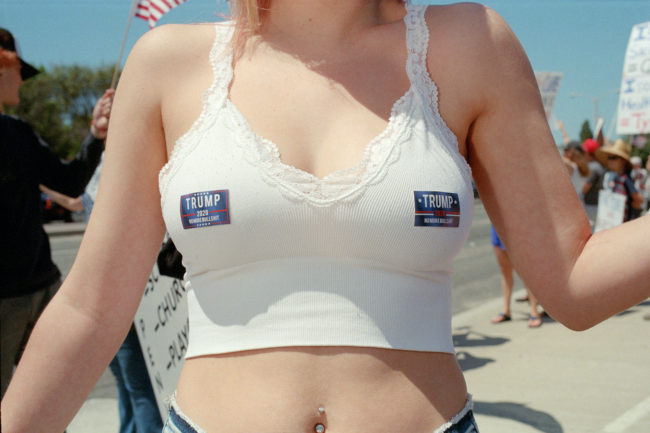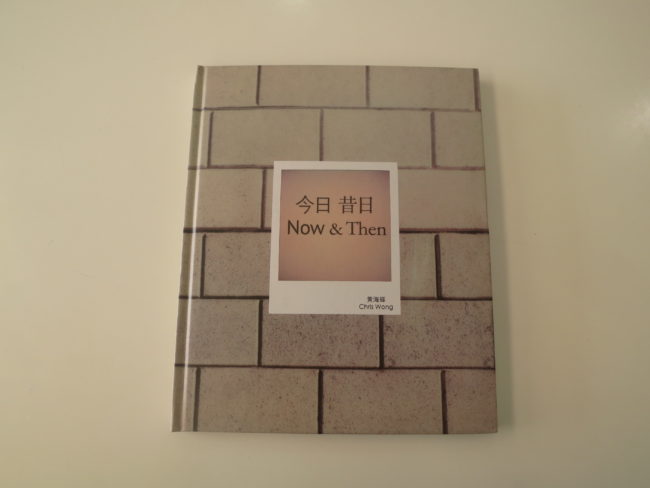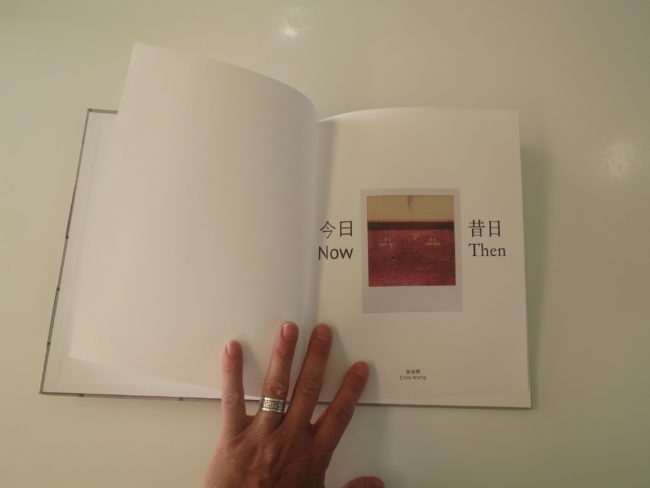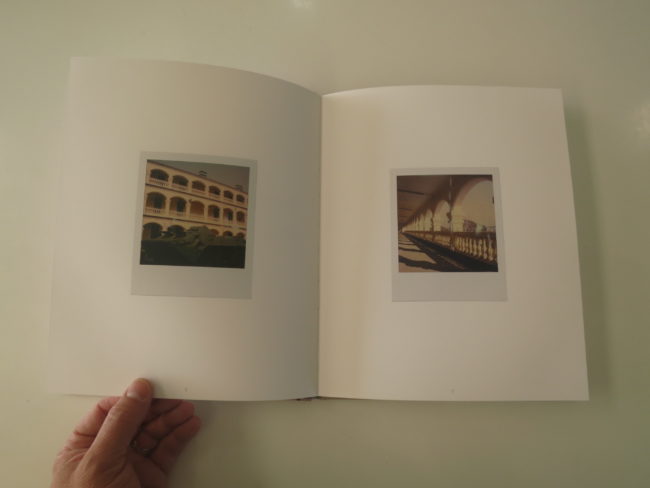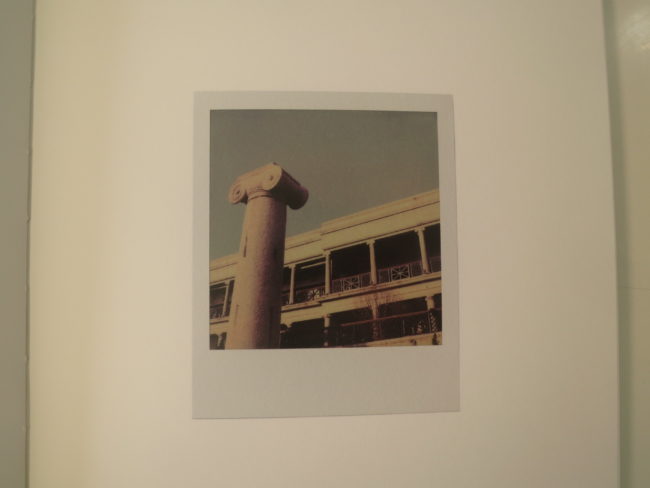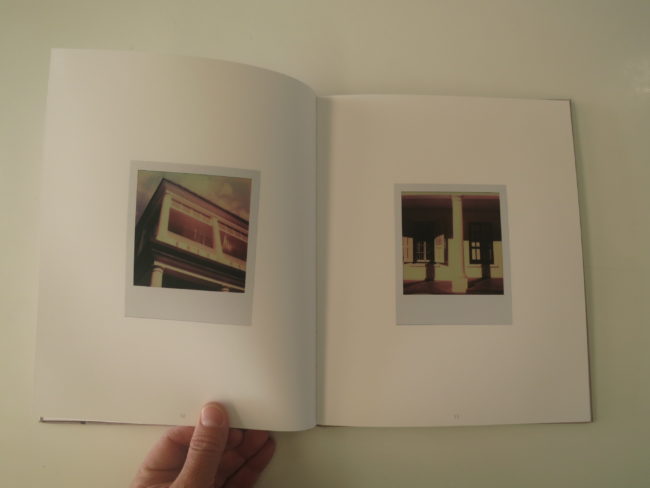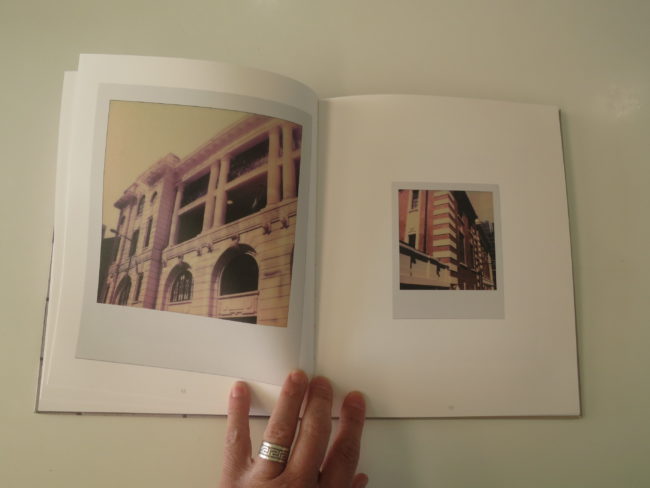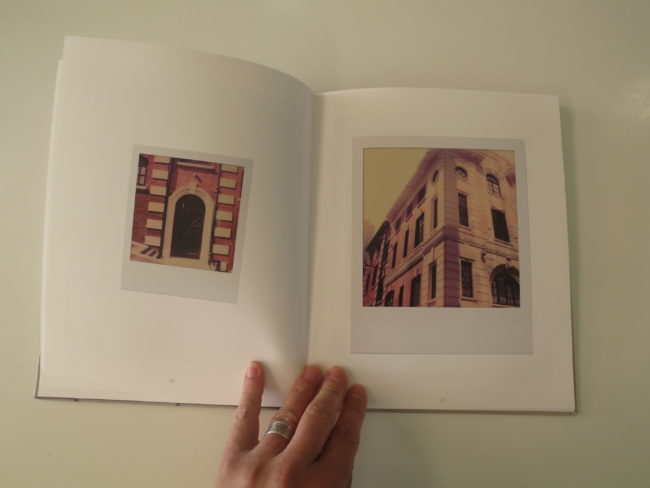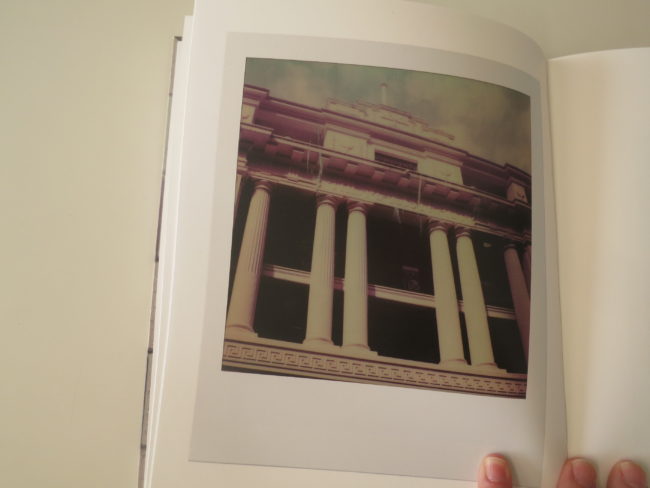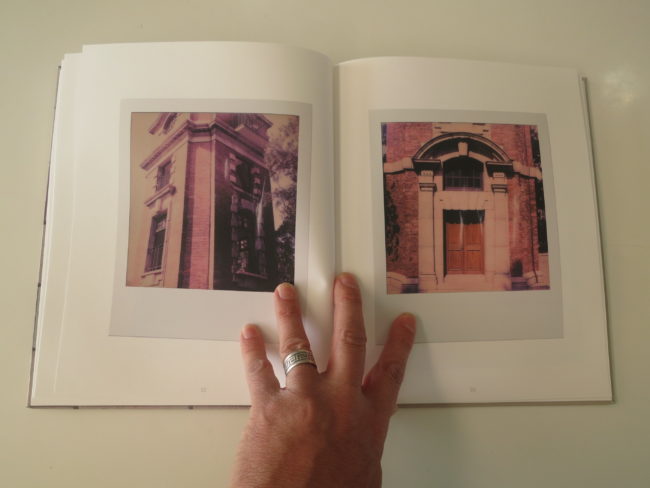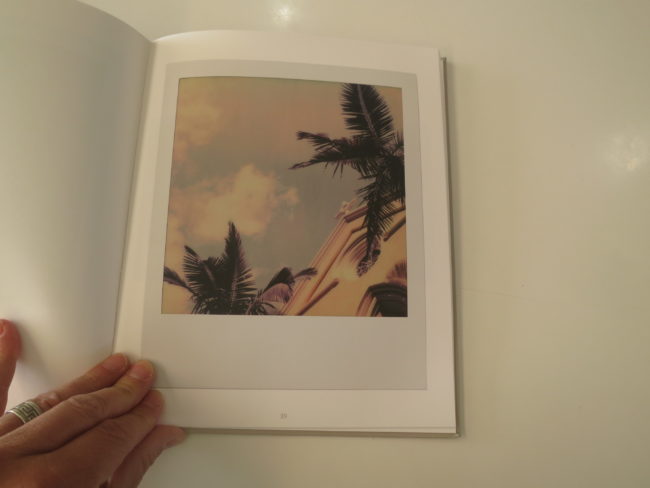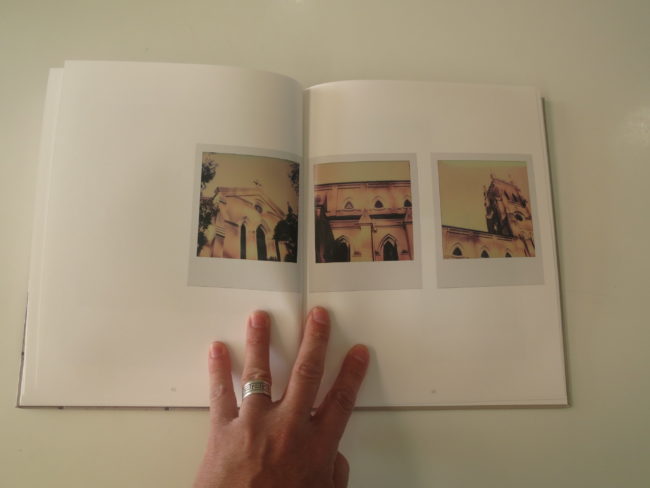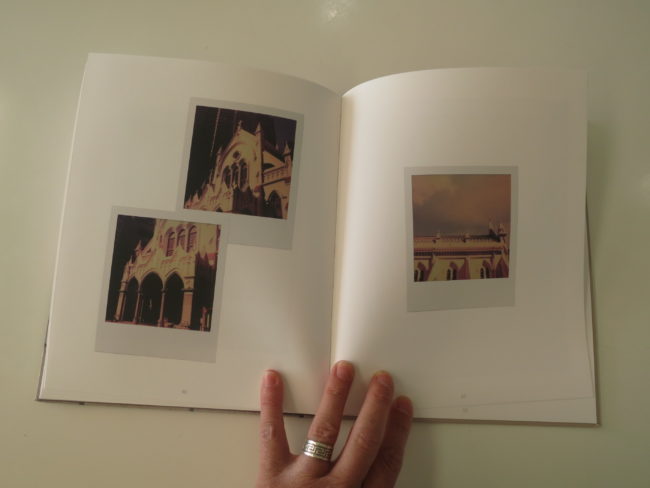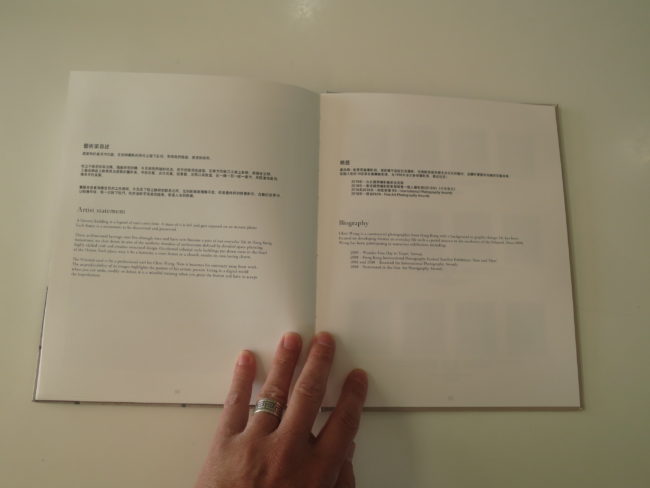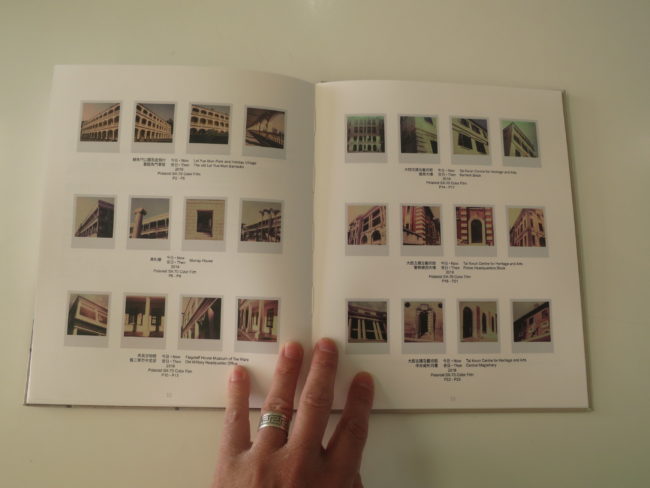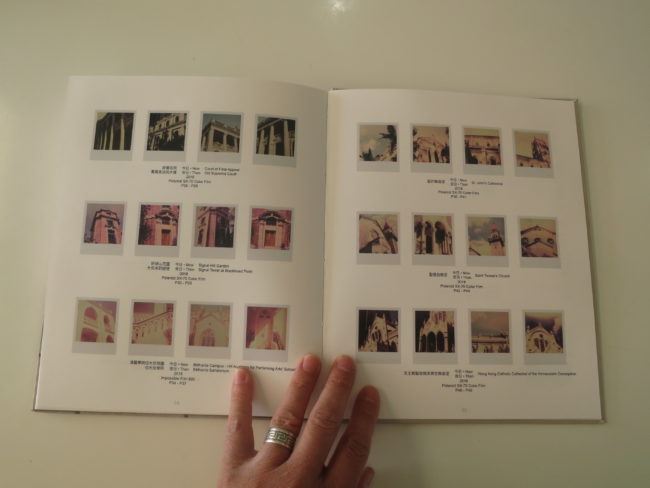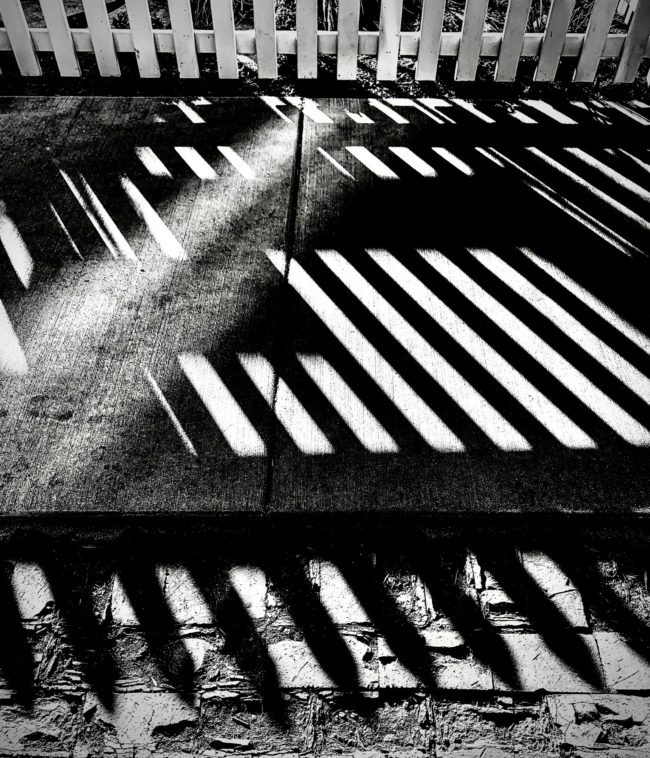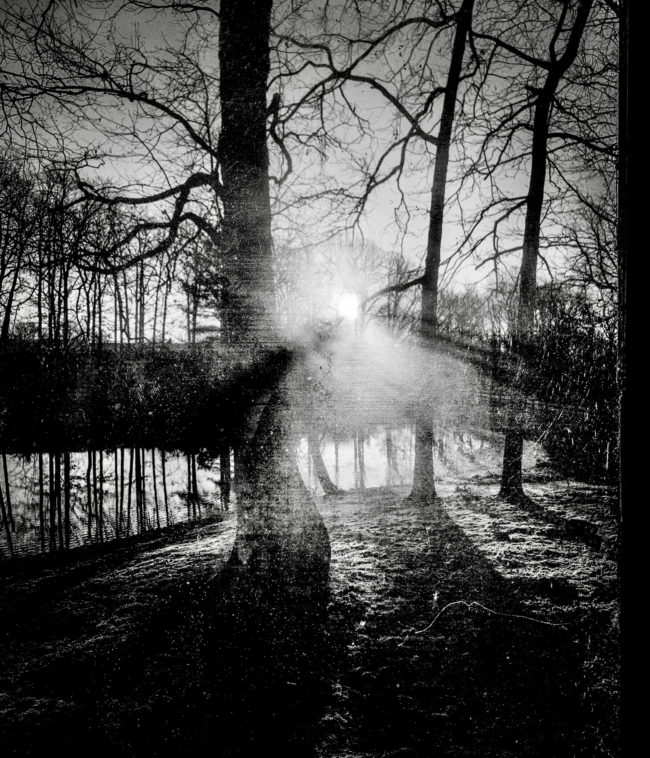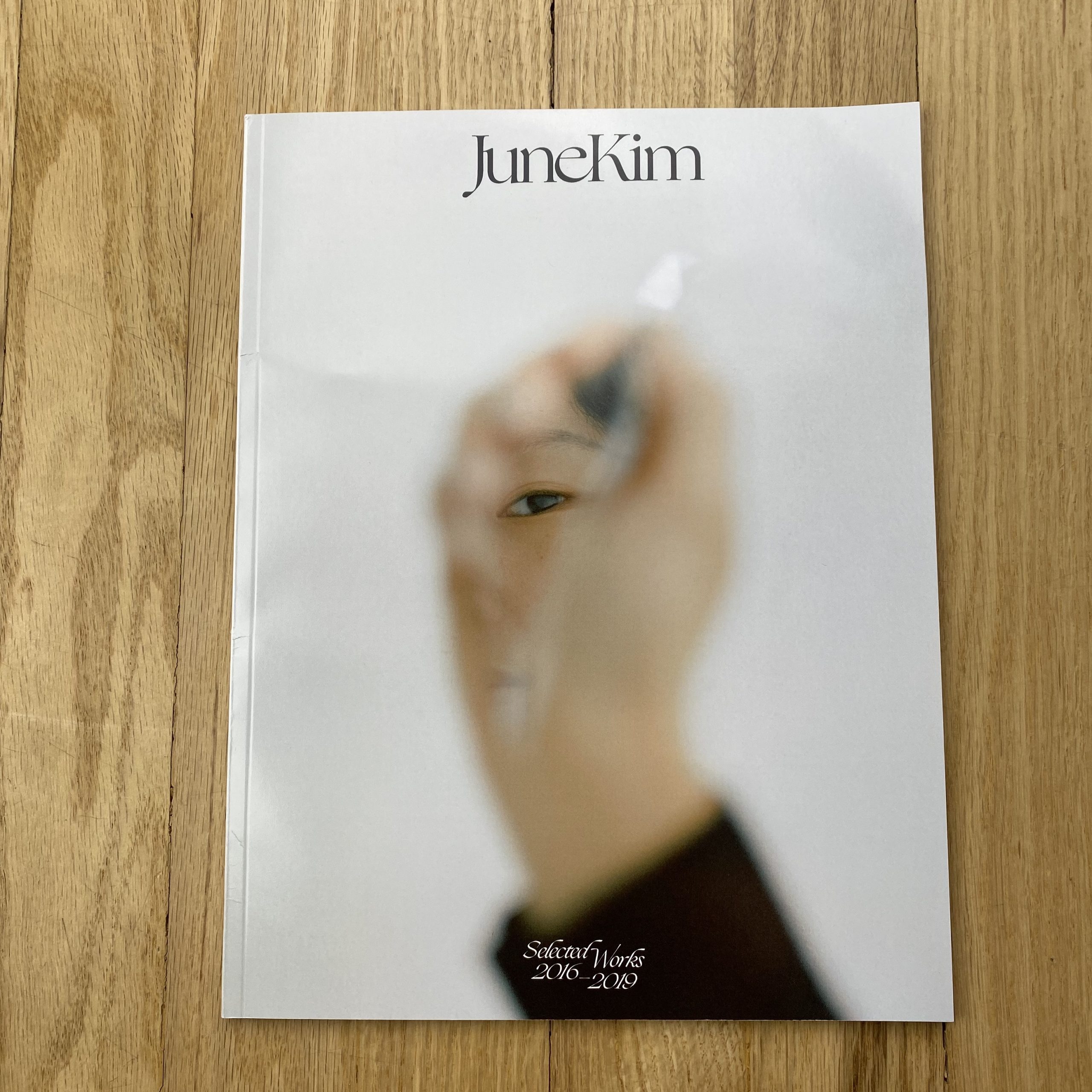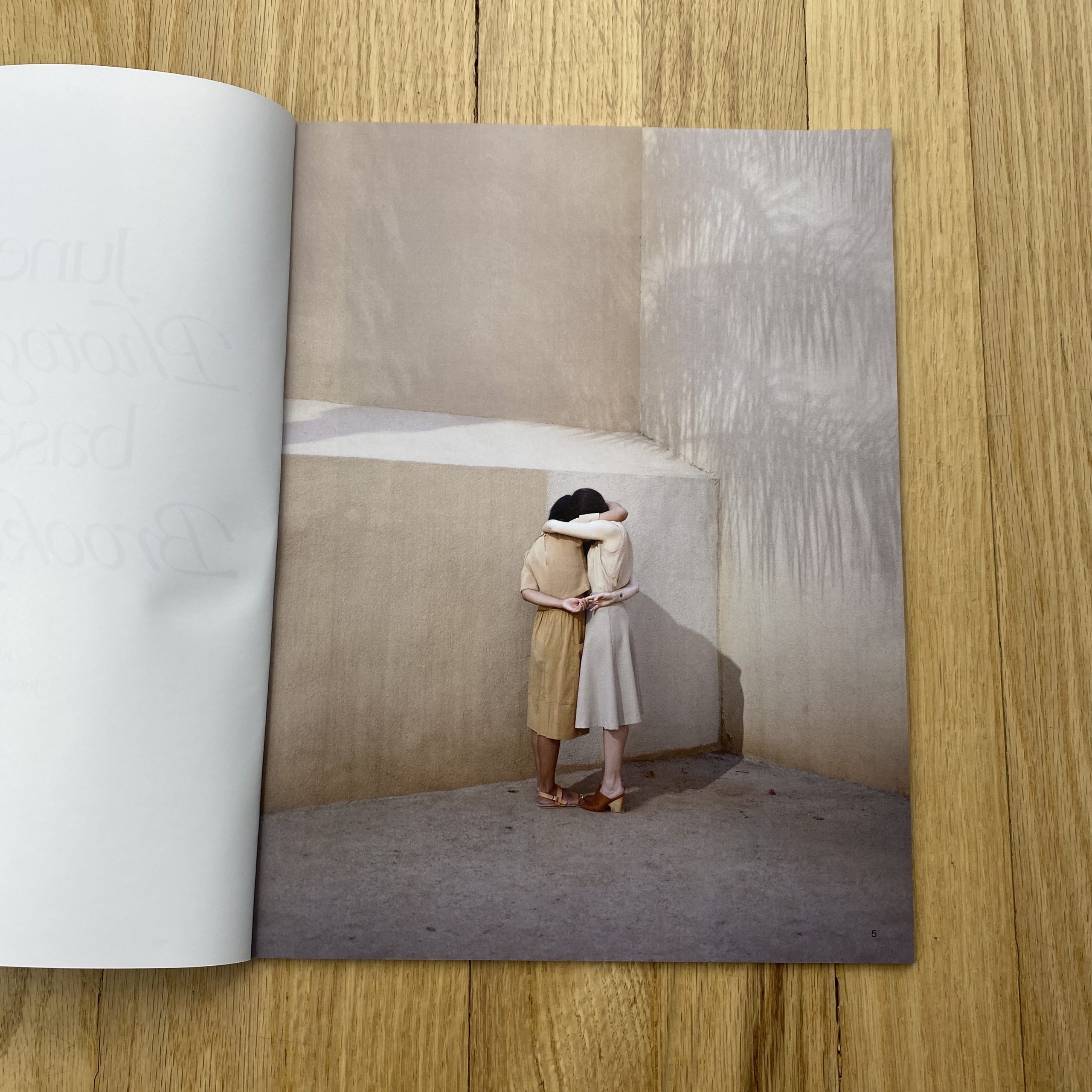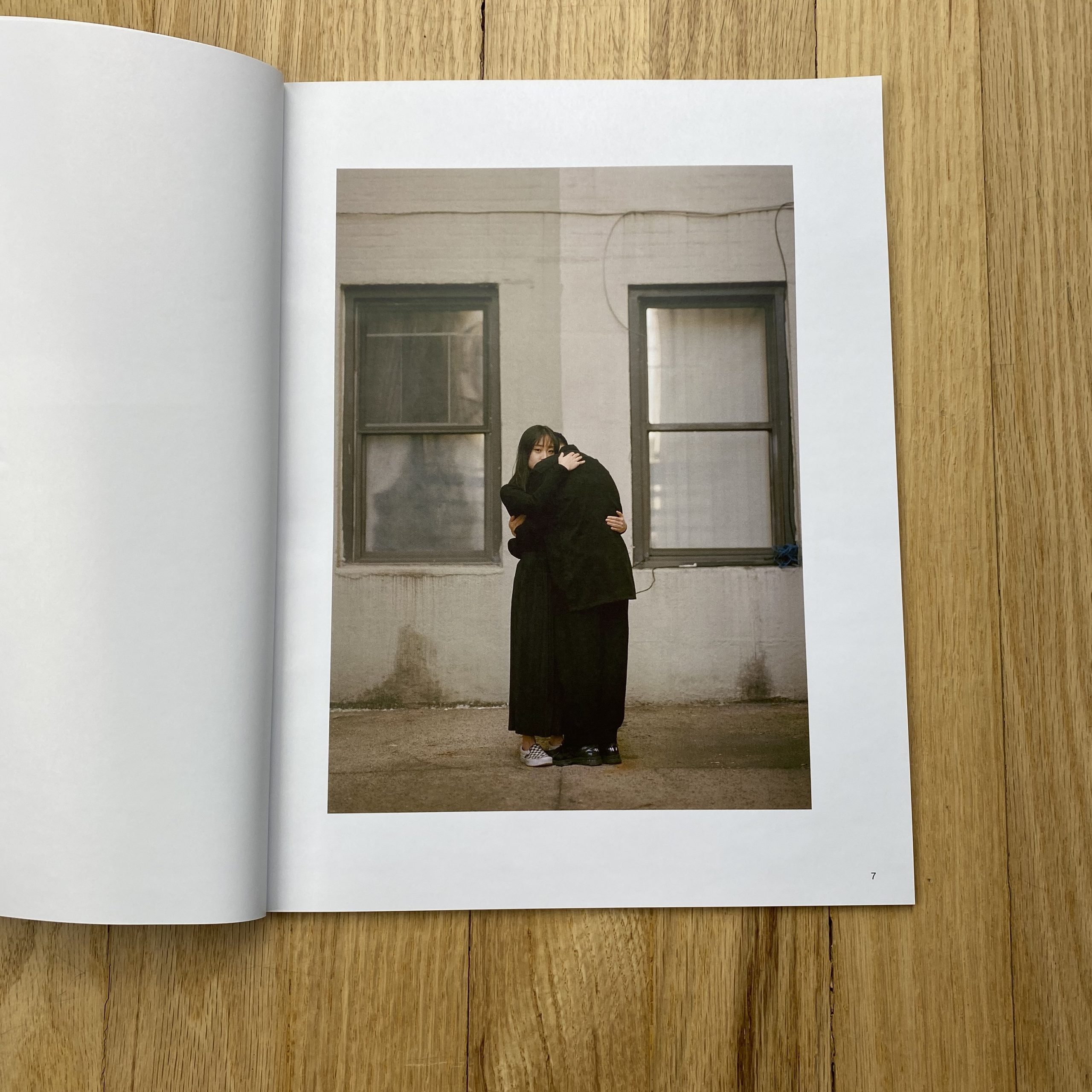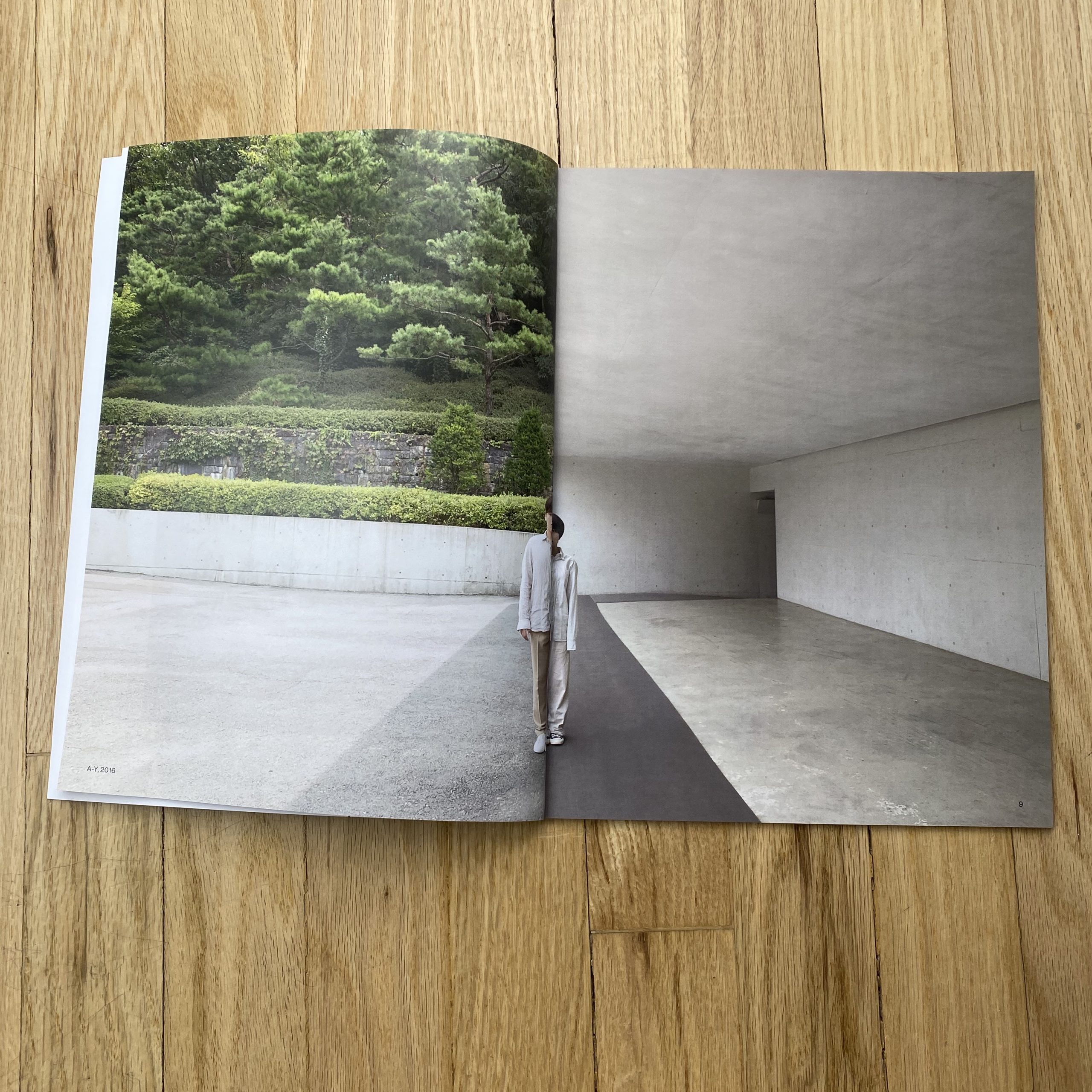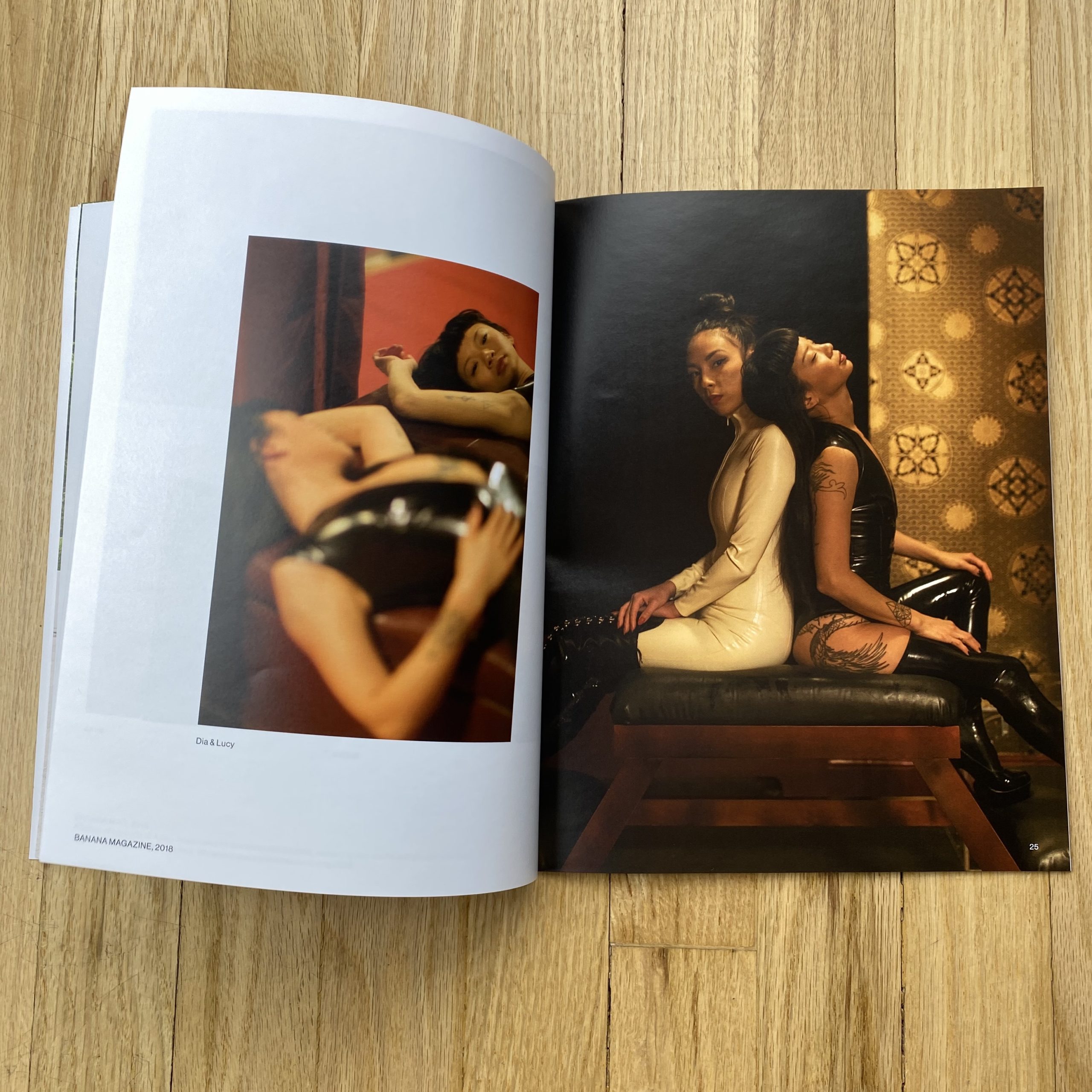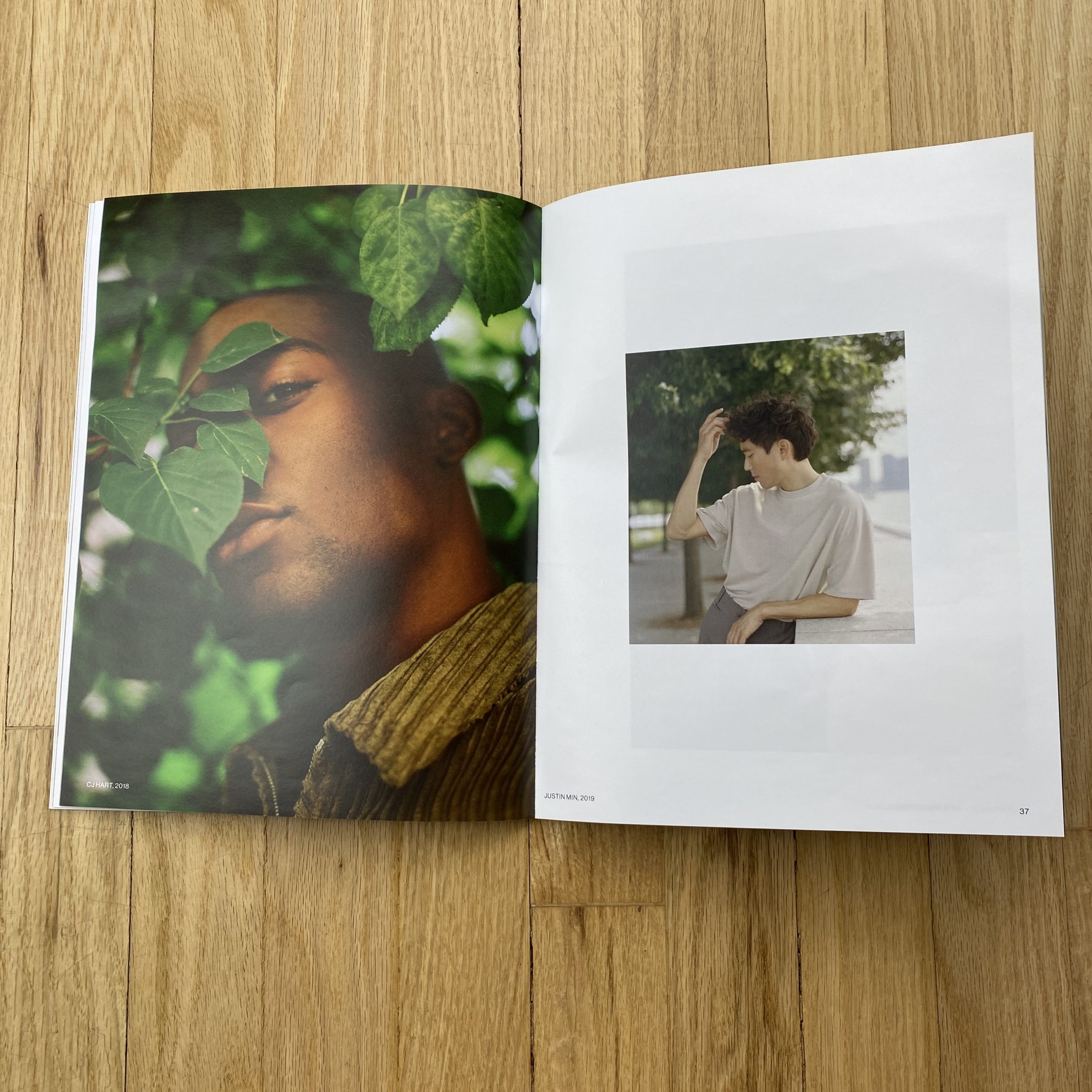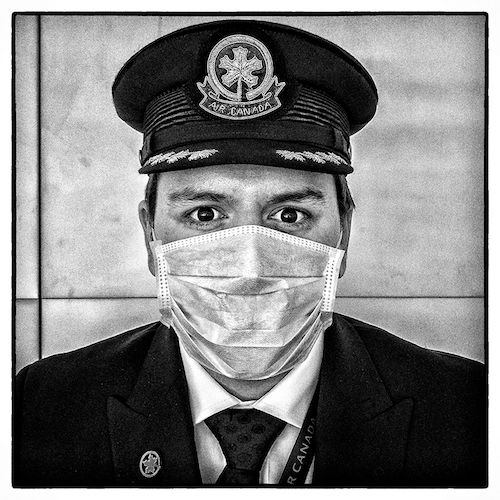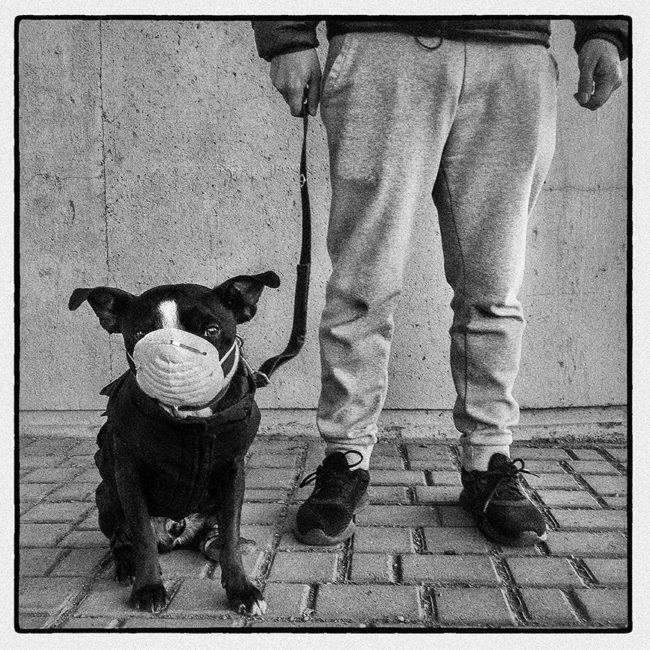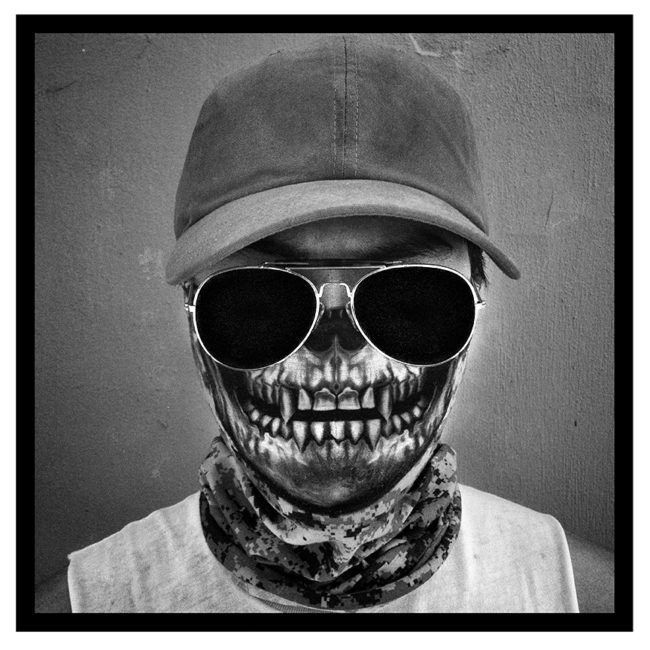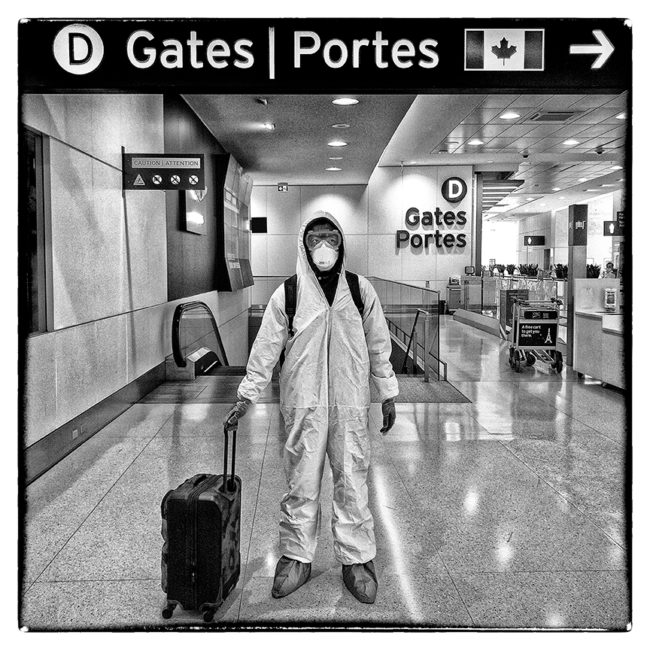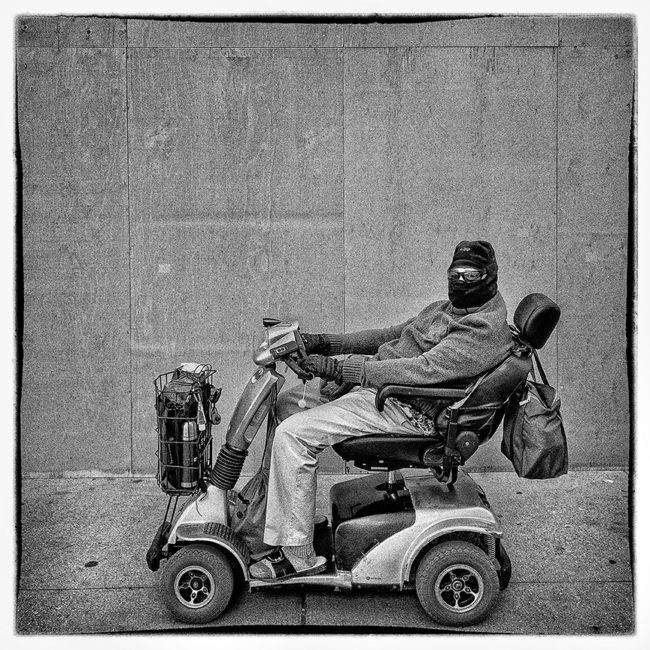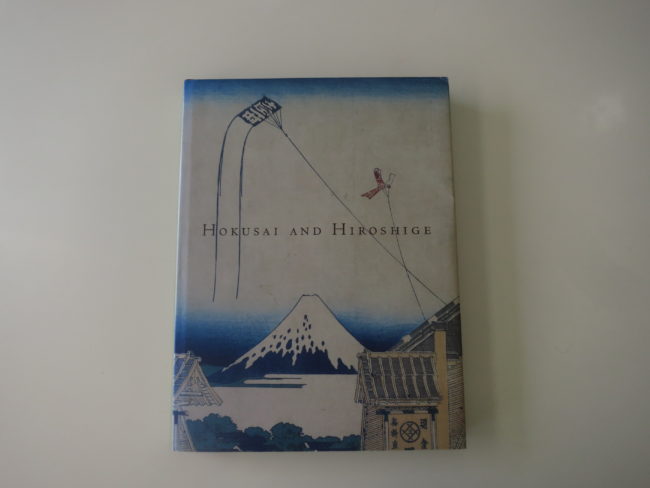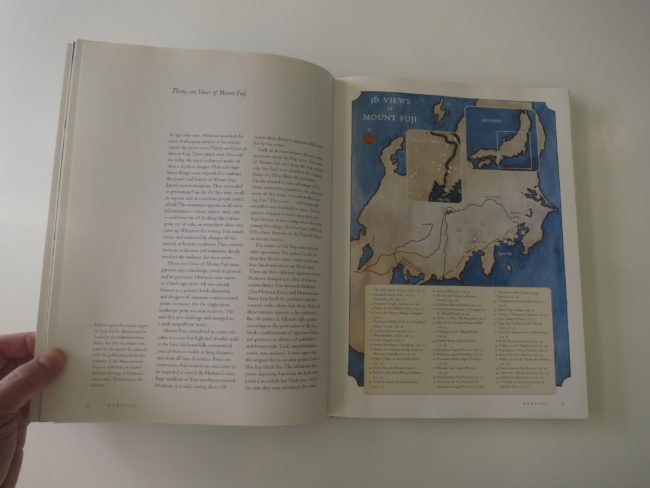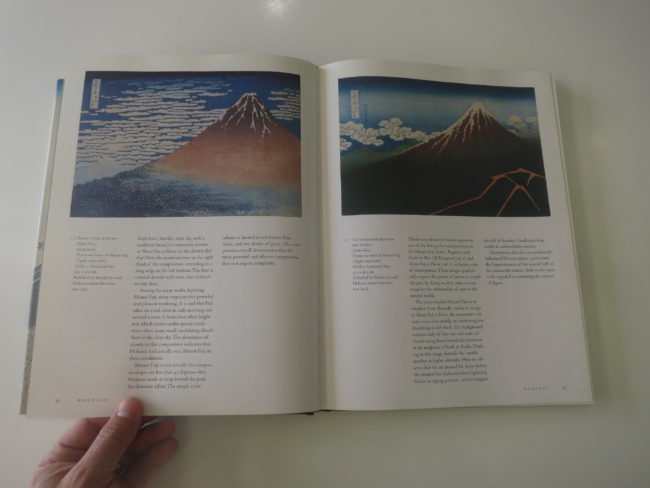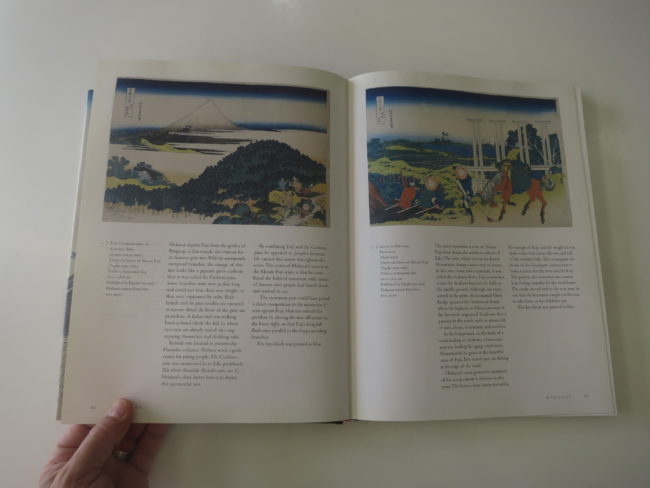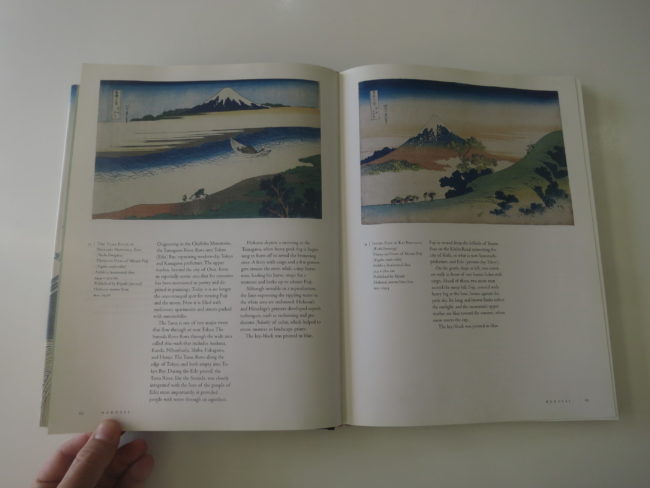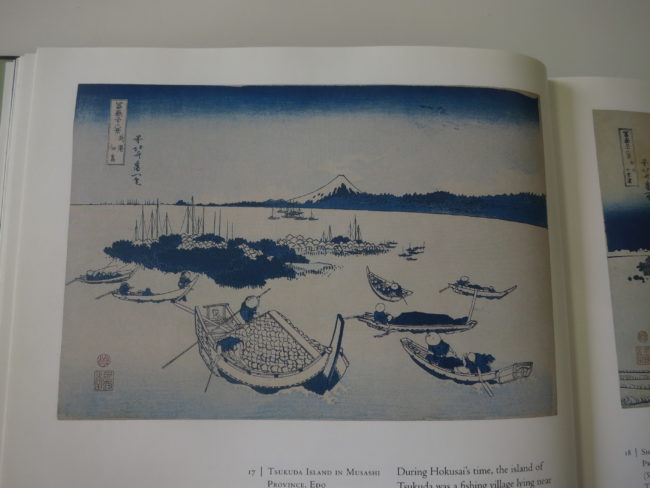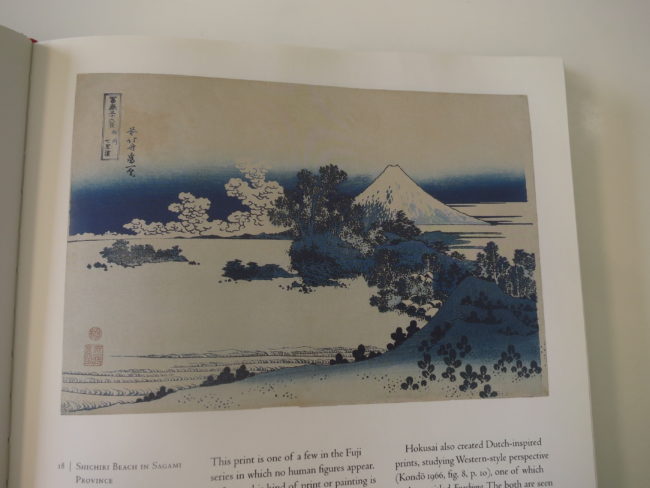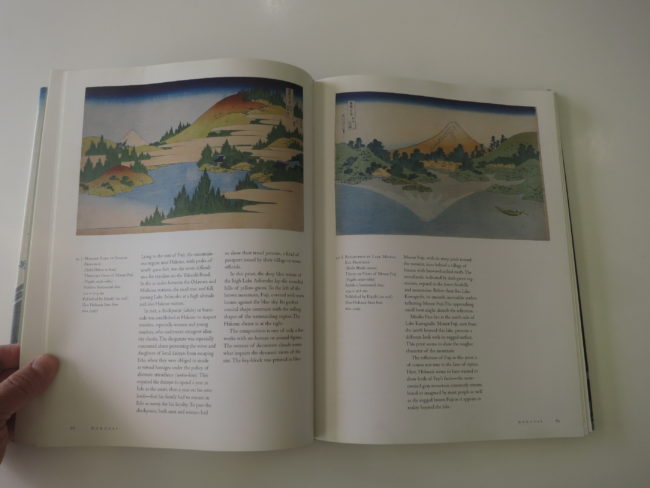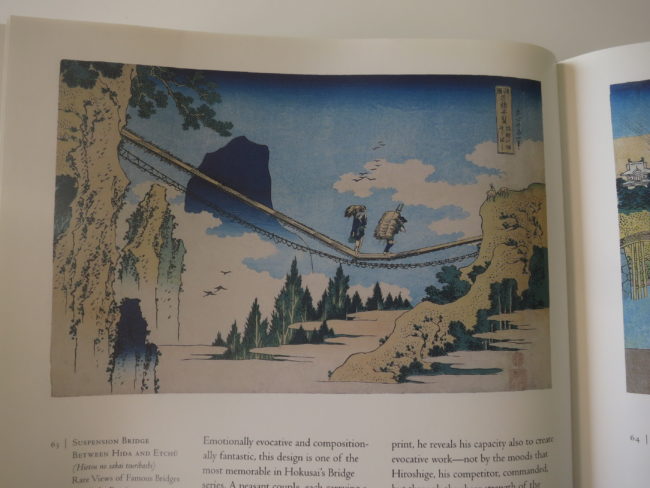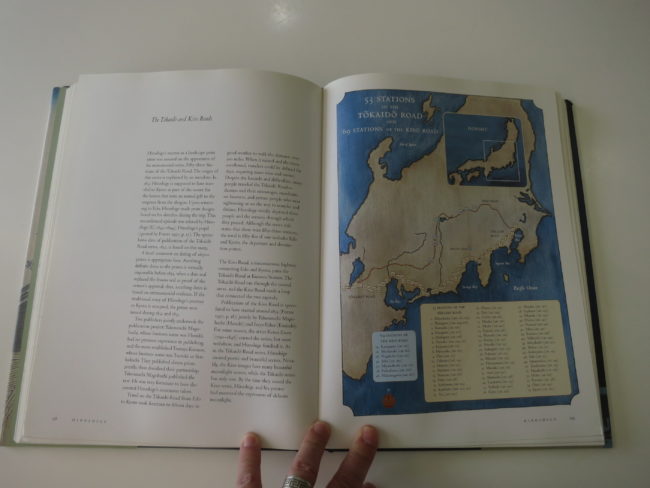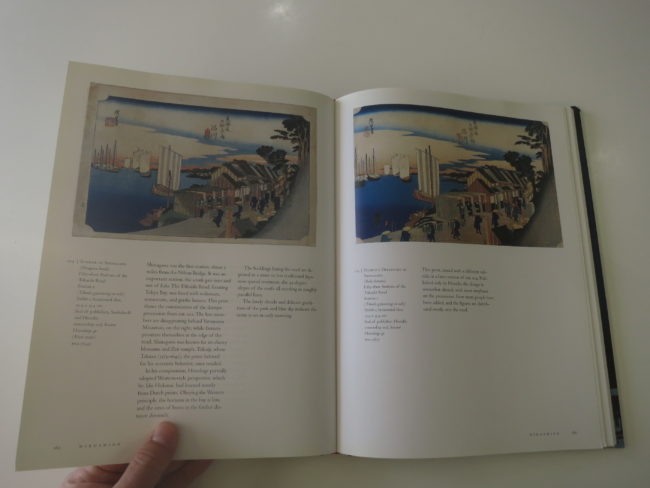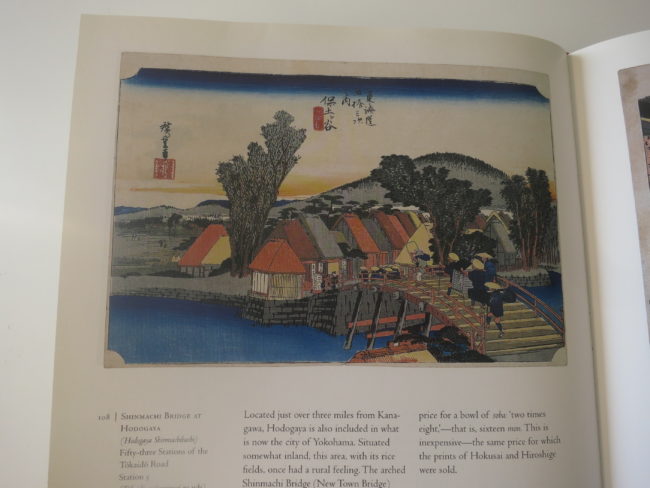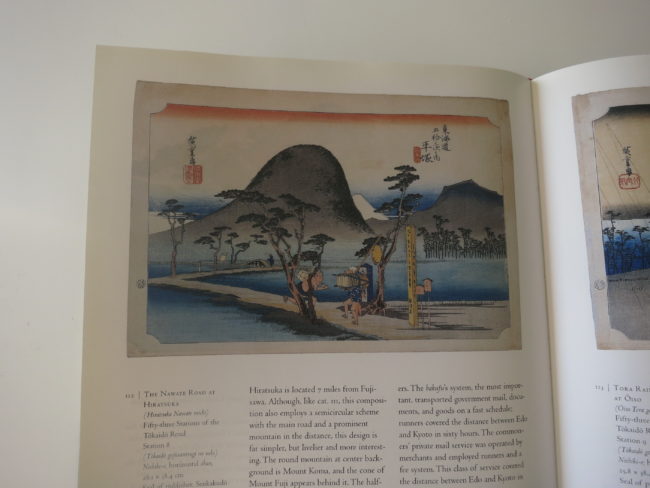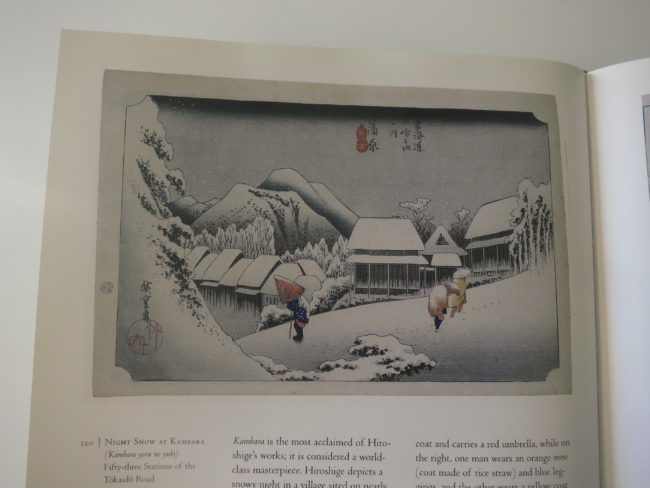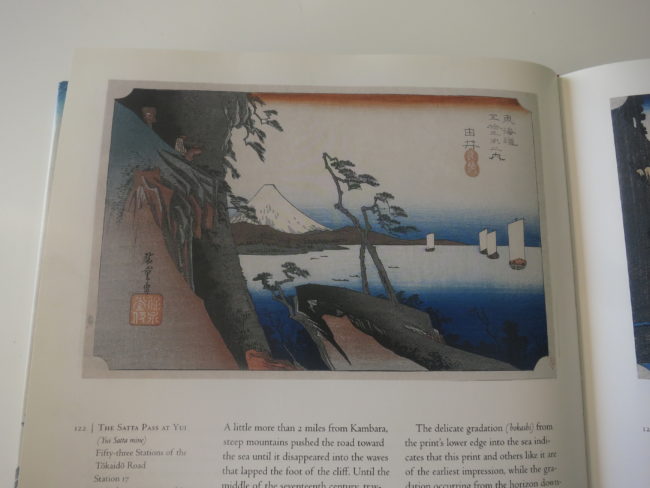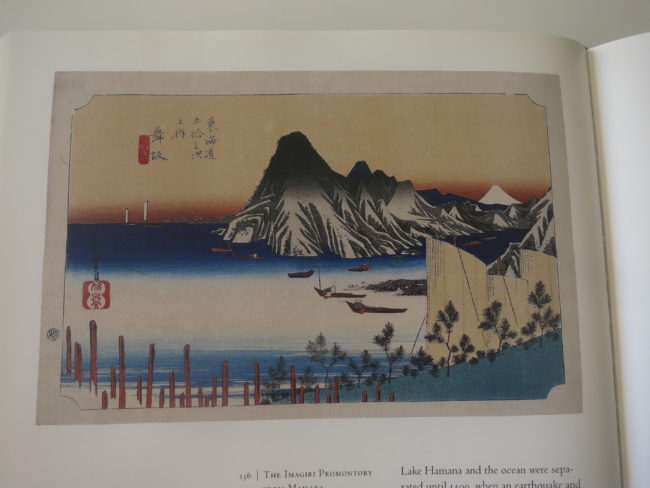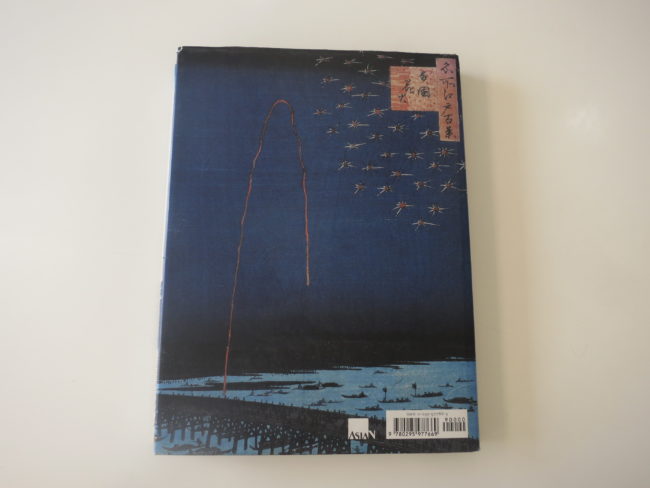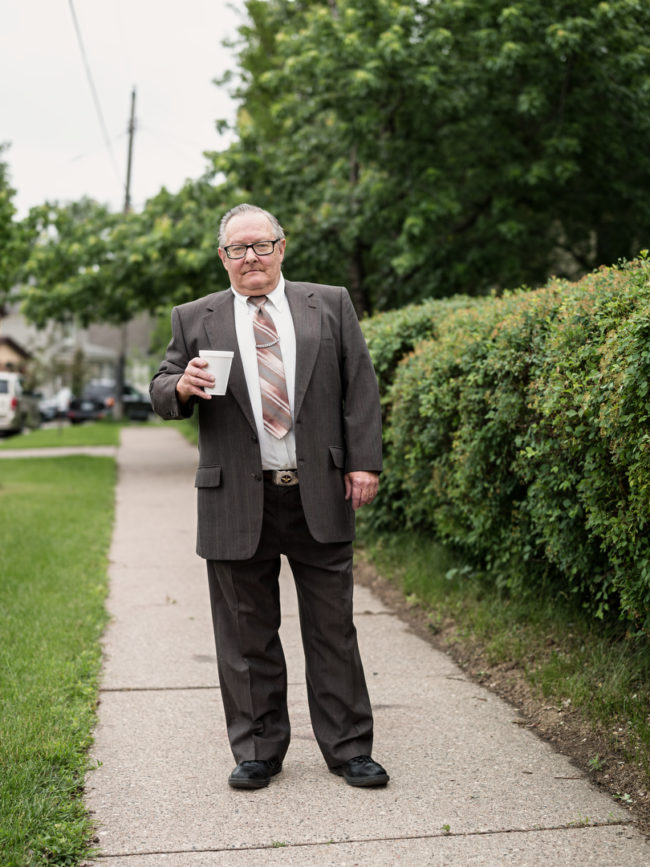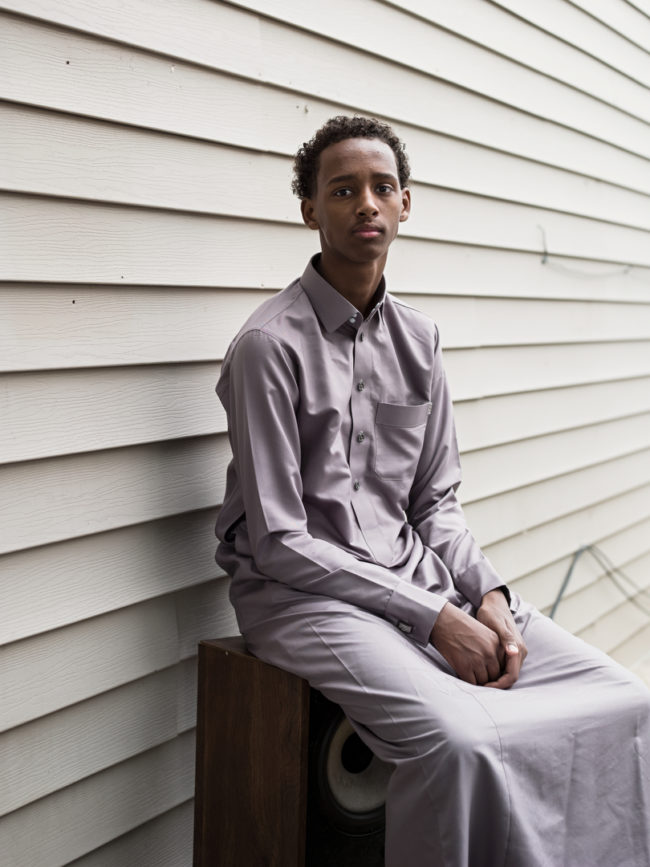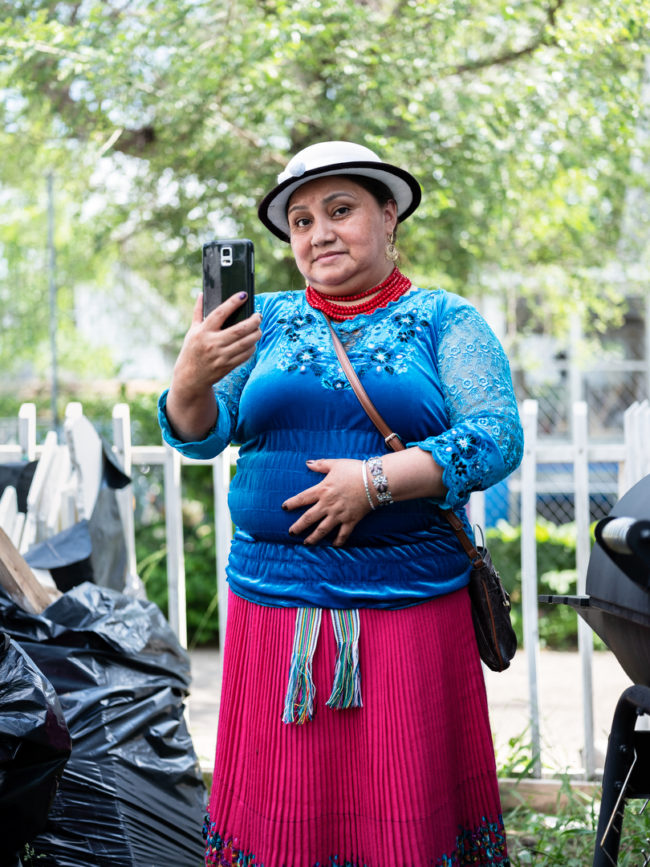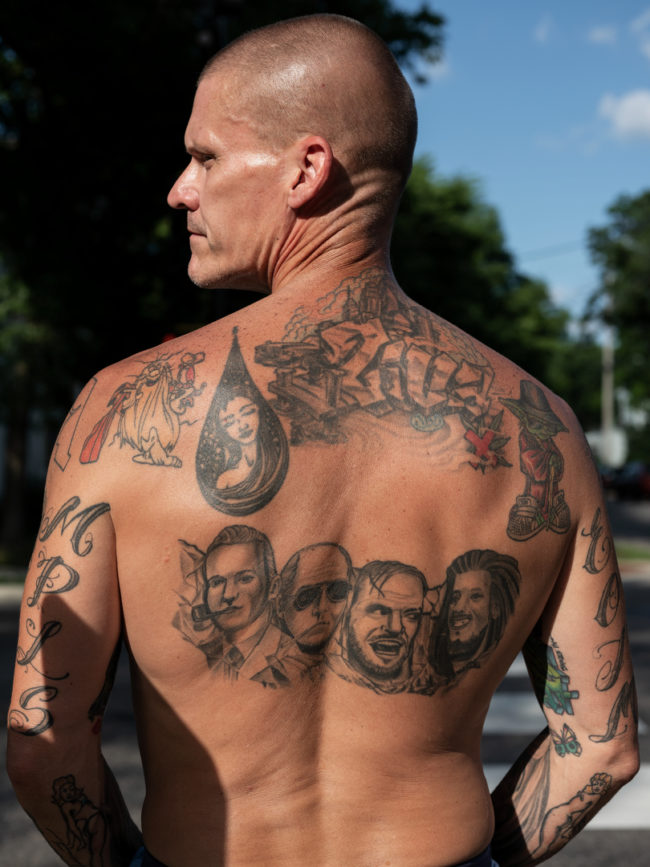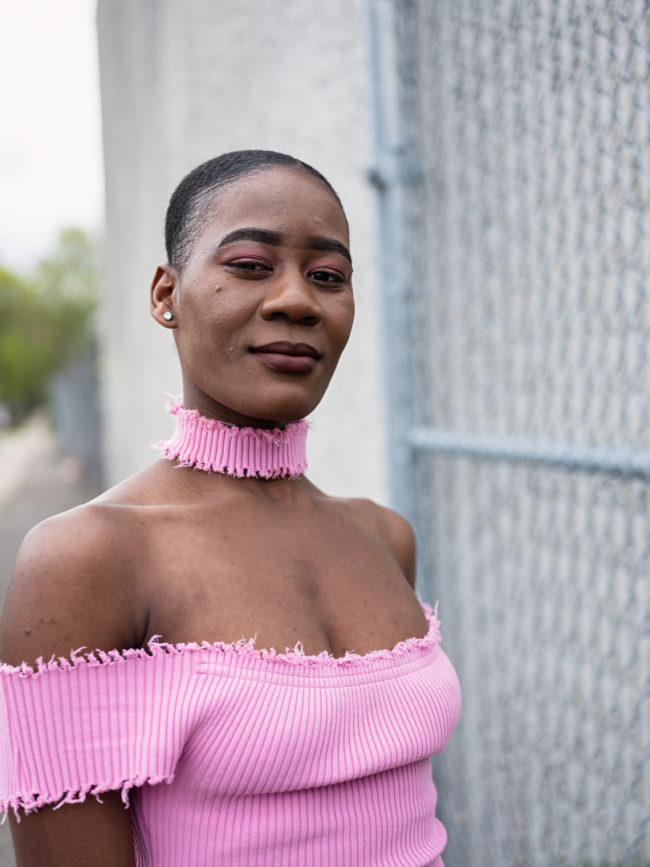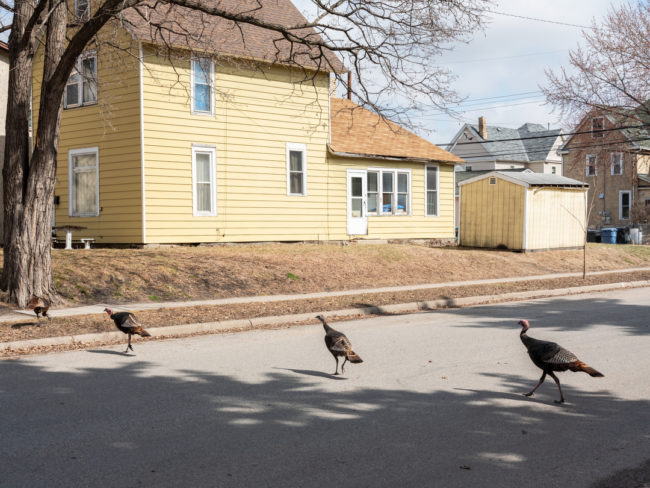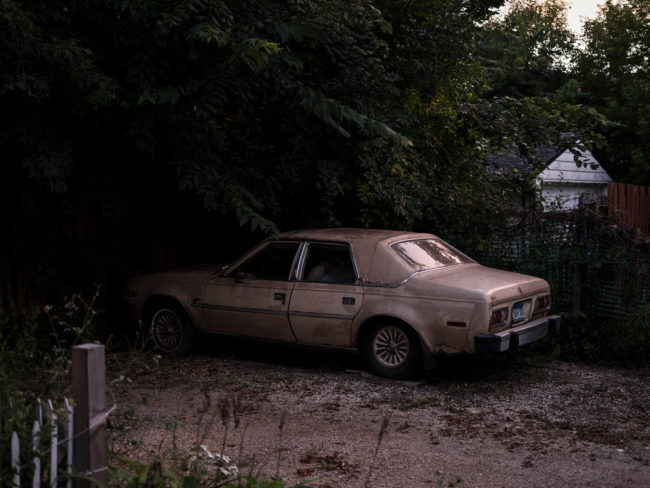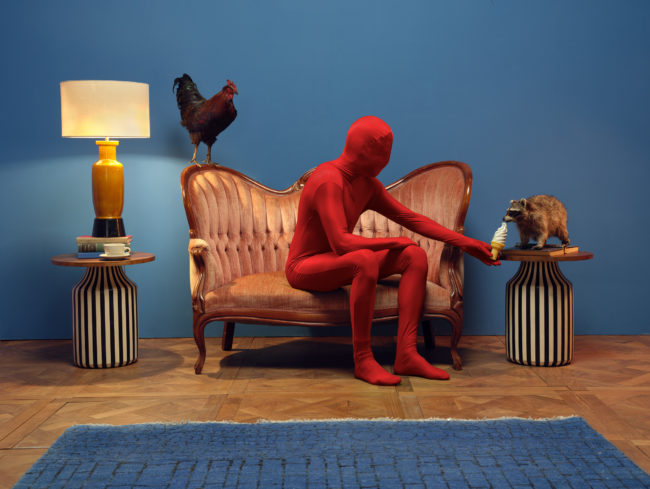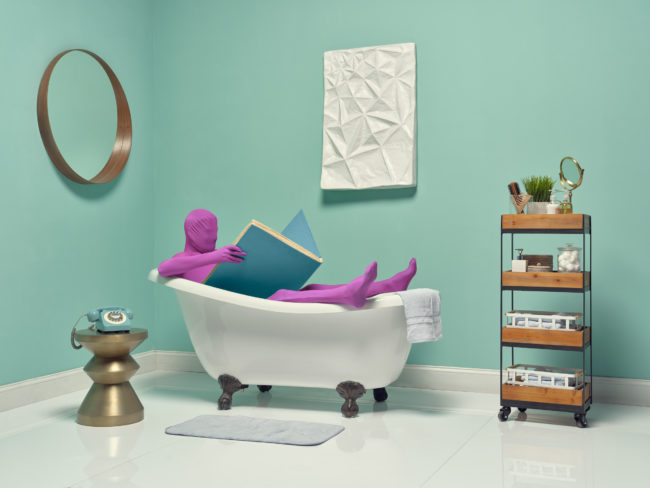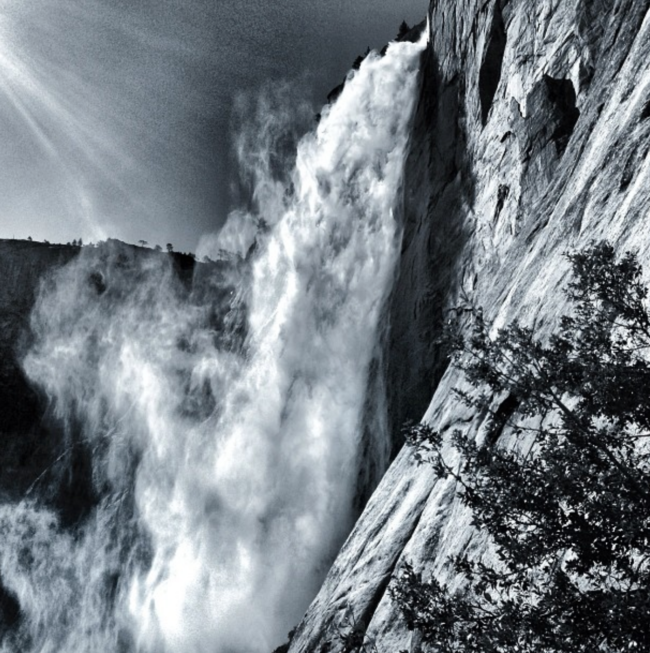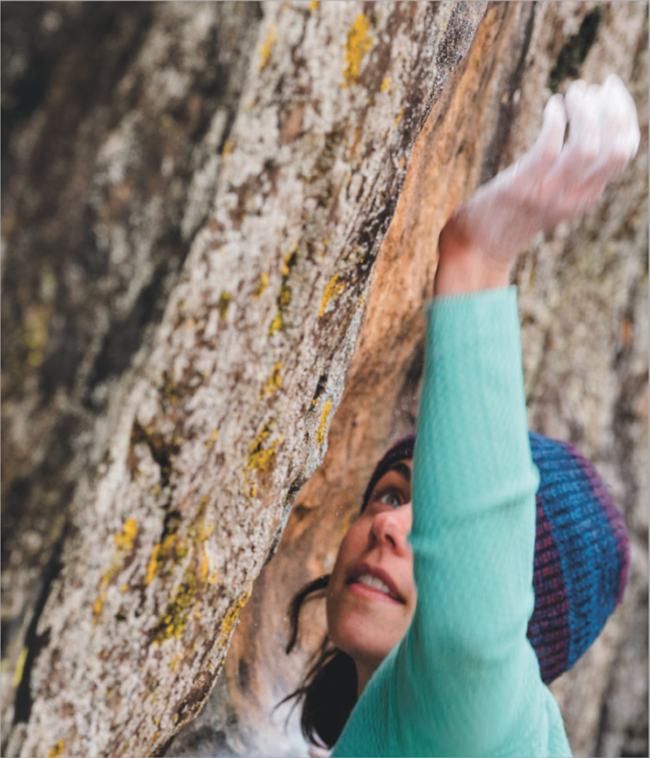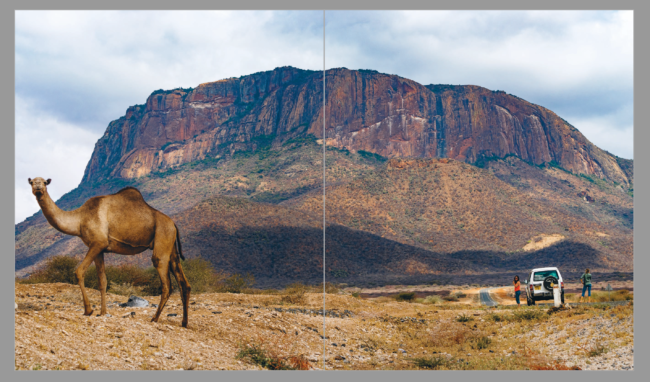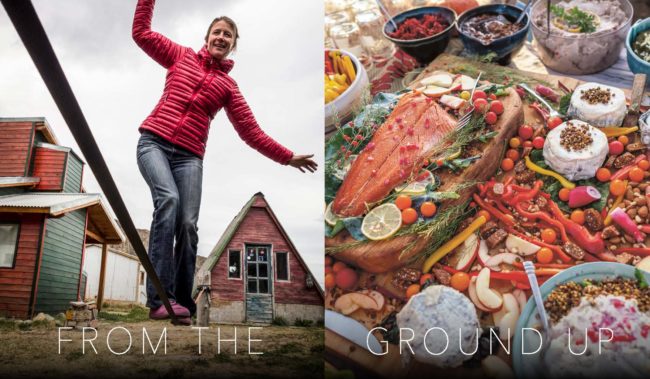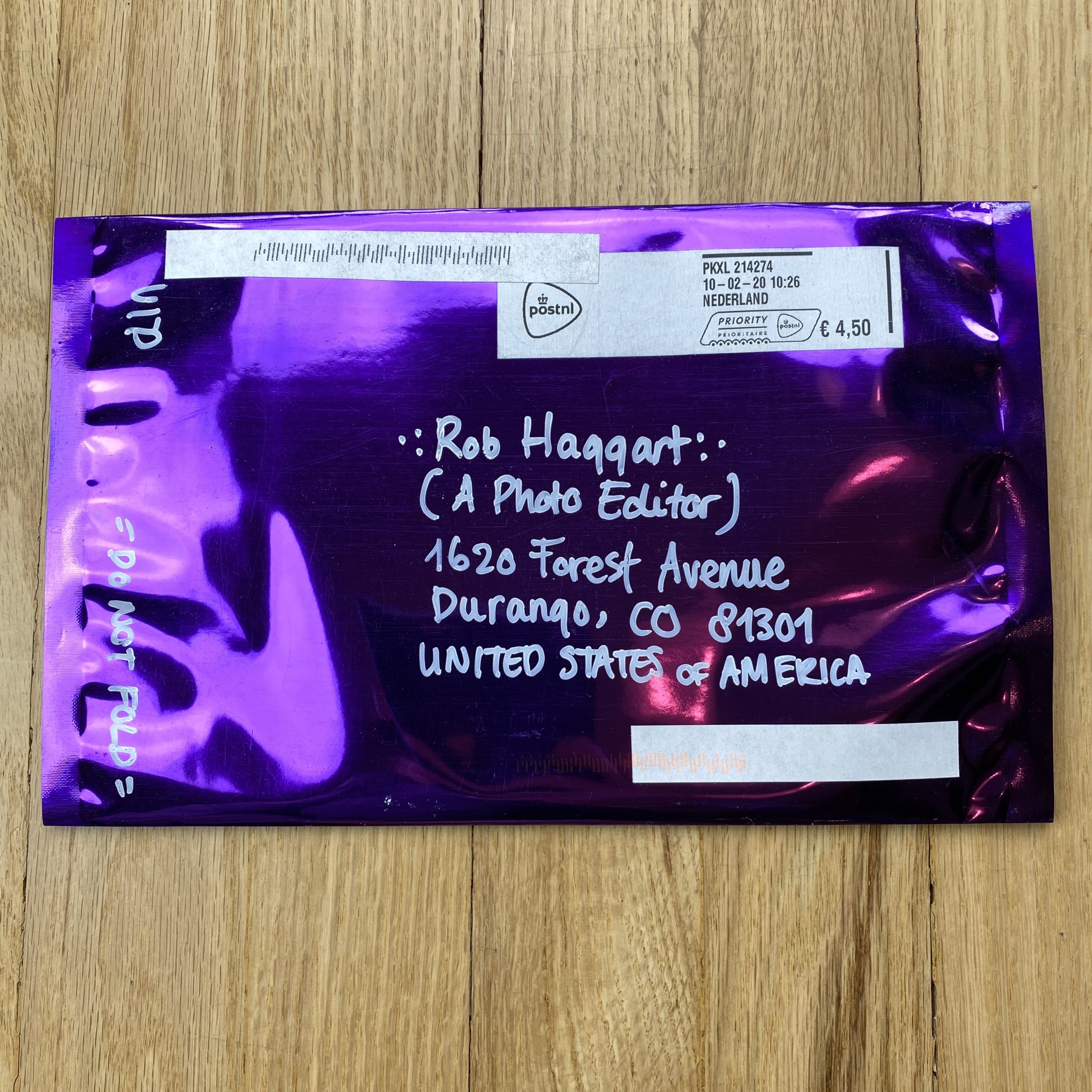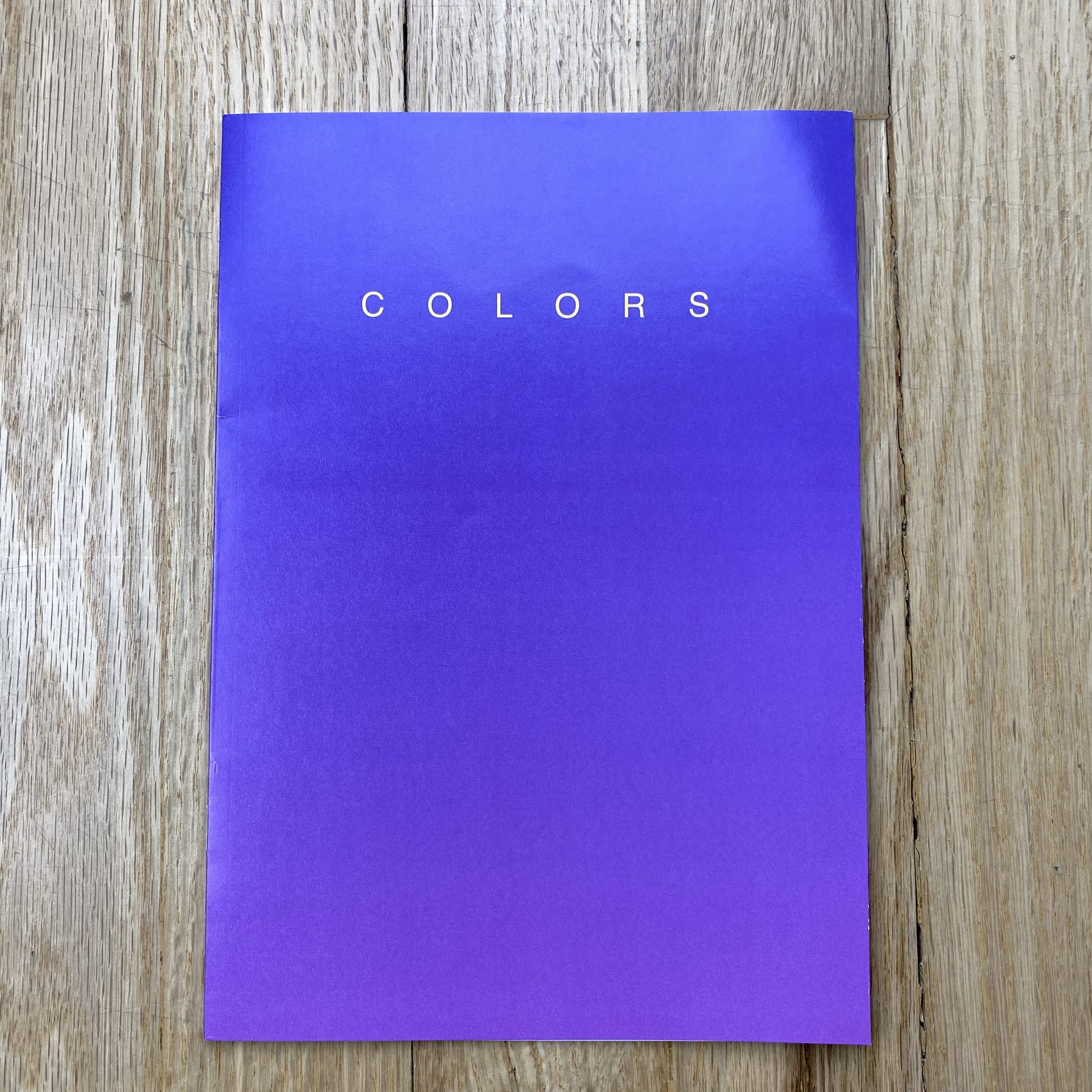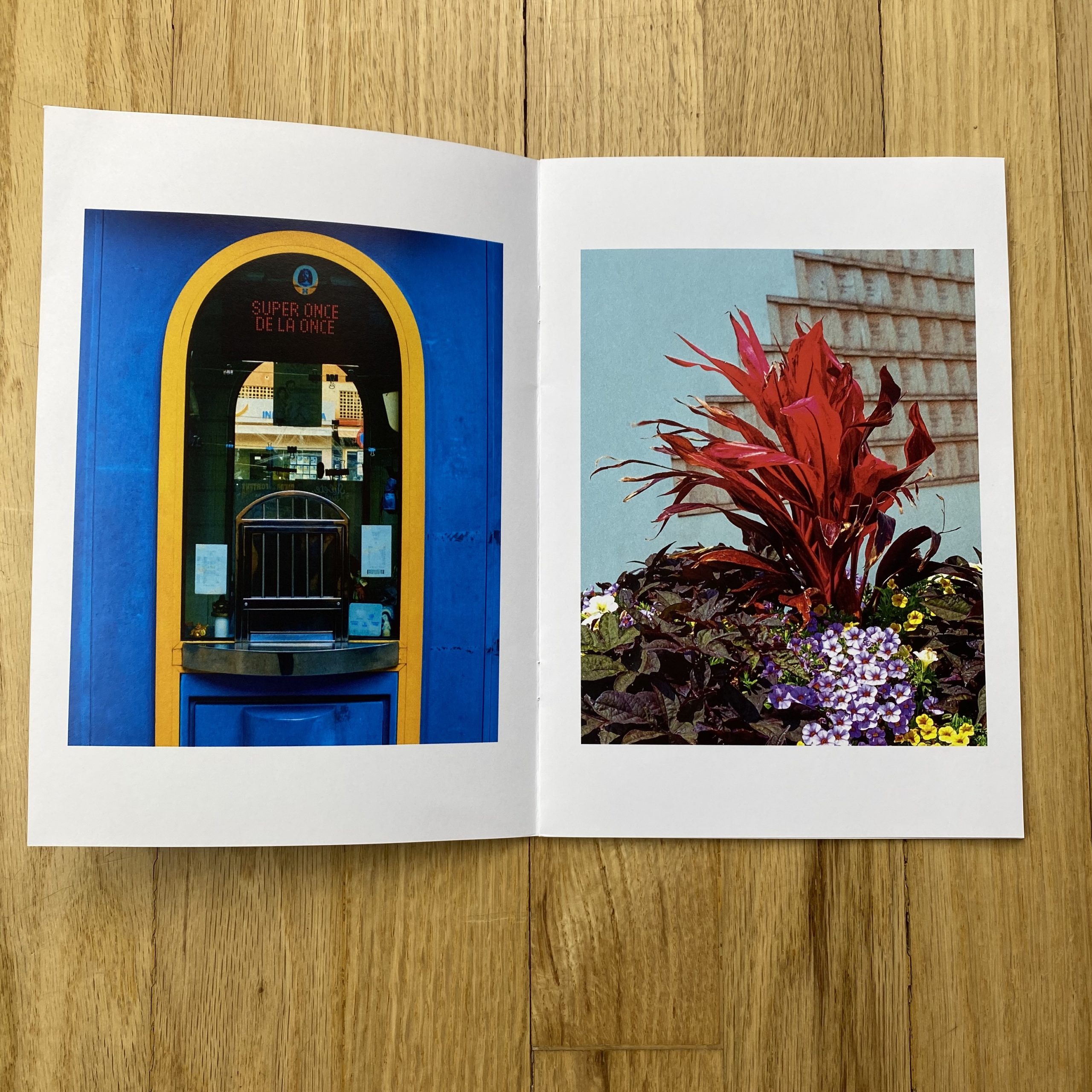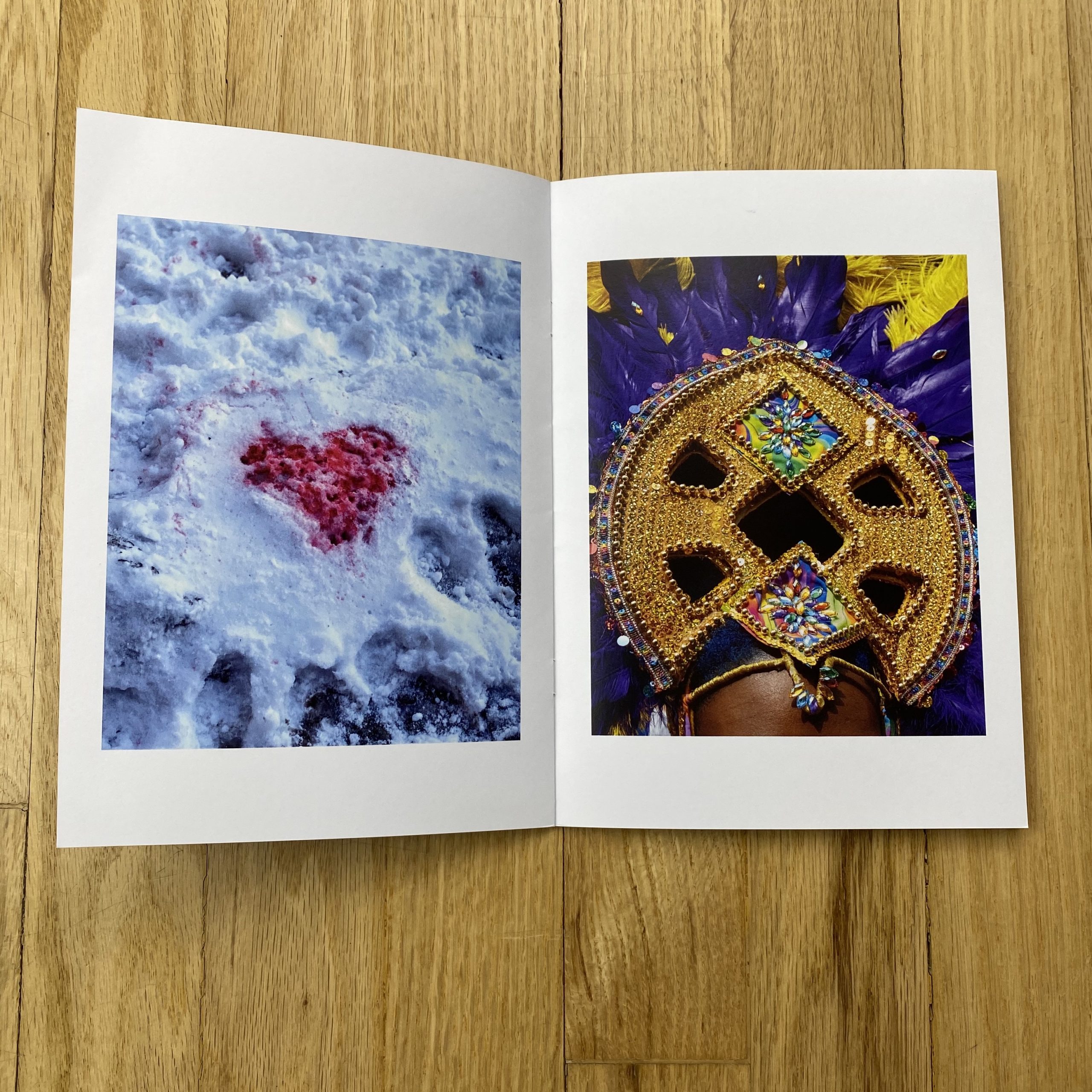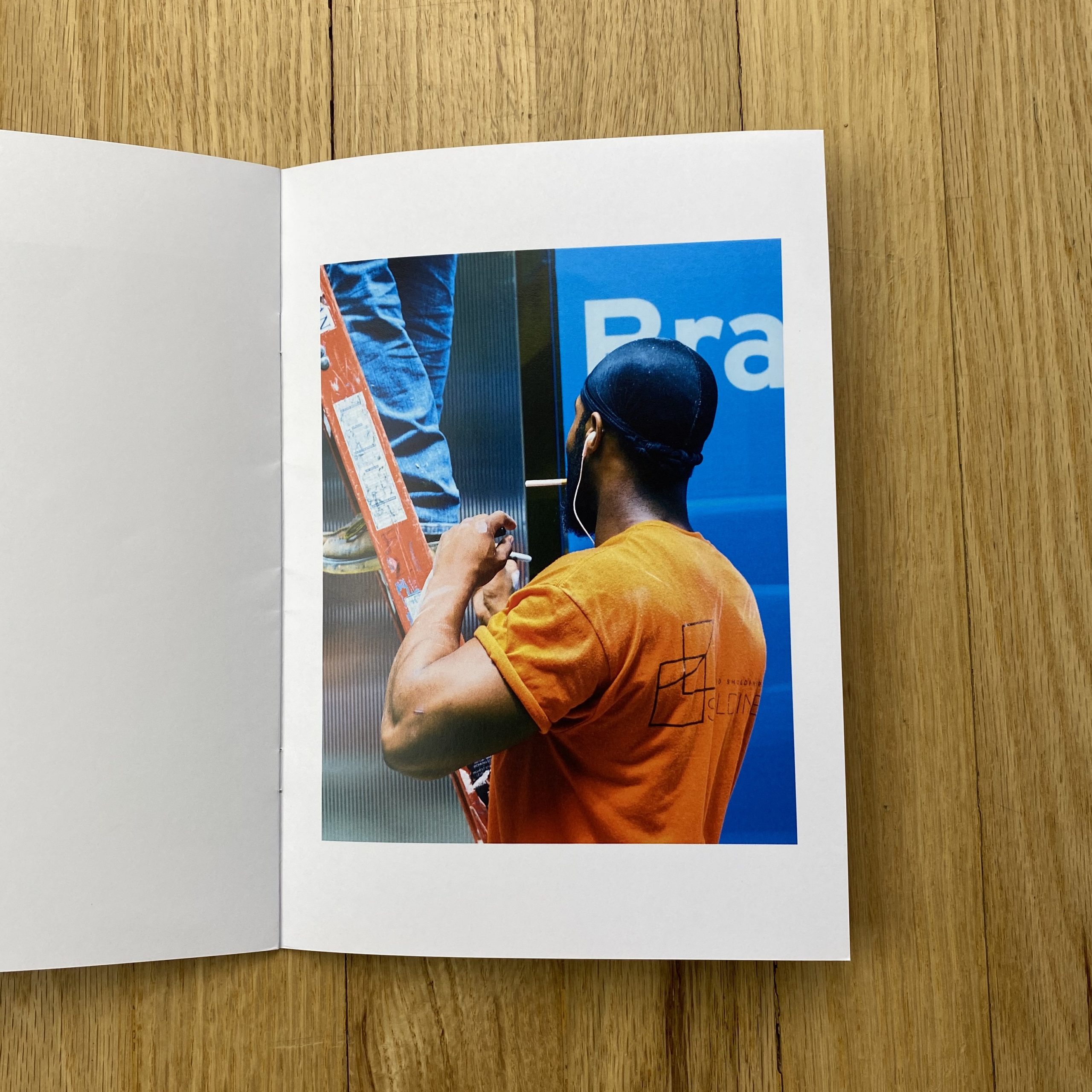All ________ people look alike.
We’ve all heard the racist expression before, which has been applied to a host of ethnicities, and is clearly untrue.
So it’s ironic that my doppelgänger in the photo world doesn’t resemble me at all.
Like, we could not look much more different, while still being similarly sized humans.
To whom am I referring?
Jon Feinstein, my fellow Jewish Jonathan, who’s also a photographer, writer and educator.
We have EXACTLY the same job, though we’ve shown our work in different spaces, and written for different publications. (How he managed to keep a relationship going with the assholes at Vice, I’ll never know.)
Coincidence or not, I met Jon at my very first portfolio review, in Santa Fe in 2009, and we’ve stayed in touch casually ever since.
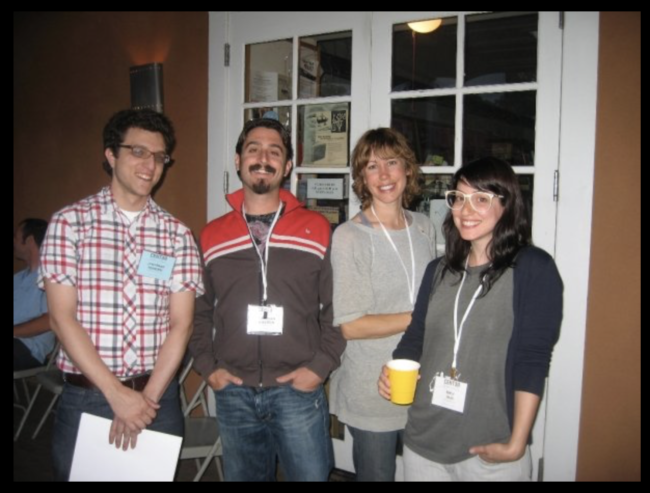
Last year, he was kind enough to do a story on “Extinction Party” for the Humble Arts Blog, and I think it was the first time we officially worked together. (10 years people. Relationship building is a long-term endeavor.)
Even though we look different from one another, (and I’m the Gen-X’er to his elder Millennial,) there have been multiple times during my career when someone thanked me for curating their work into a show, or publishing it online, but it wasn’t me.
Of course when I tell them that, they always look at me funny, at first, as if I’m fucking with them.
“Sorry,” I’ll say. “That’s Jon Feinstein. My last name is Blaustein. We’re not the same person.”
It’s gotten to the point that Jon and I joke about doing a project together called Jonathan Something-stein, or Jonathan ______stein, because there must be more of us out there.
He even planned a prank where we’d swap tables at Filter Photo last September, and we were all set to do it, but he had to miss the festival due to a death in the family.
Needless to say, I respect and appreciate his taste, so when I got an email from him last month, suggesting I look into a friend’s project, I said sure, and then promptly forgot about it for a month or so.
Jon was recommending Robert Canali, a San Francisco-based, Toronto-born artist who’d started up a pandemic response project, and did it in just the right way. (I now know.)
All details I’ll share, henceforth, I learned yesterday, when I became a portrait sitter for the first time, (maybe ever,) and the process was fascinating enough that I’m writing about it here. (For the record, Manjari Sharma asked me to be a subject for her shower series, back in 2010, but I politely declined, being too insecure about my body at that point.)
So, where were we?
I followed up with Rob a month later, and booked a slot on an efficient digital calendar system, but for what, I was not sure.
I only knew he was using Zoom.
The gist is, a sitter reaches out to Rob, and in many cases, based on the social media buzz he generated, he has no idea who the person will be.
Though I normally do research on everyone I work with, Jon’s vouch, plus my own desire to be creatively curious, meant I knew nothing about him either. (Which surprised him.)
The scheduled 45 minute appointment begins with an introductory chat, and because I’m a curious journalist, (and like trying to entertain people,) our appointment ended up going long.
Straight off, he explained what would transpire, and why he created his anthropological project to begin with.
Like many of us, Rob was trapped in his home early, and was limited to the materials he had on hand. So he got working, (as I’ve encouraged you all to do many times,) and also got out of his comfort zone, as he had not done portraiture previously.
He realized he could use his iPad screen to expose photo paper, (much like Robert Heinecken did on TV screens in the 80’s to mock Reagan,) and then played with the process.

By inverting the image on the iPad screen, the resulting print becomes a paper positive, as if he left the image alone, he’d get a paper negative instead. (He called the iPad his enlarger.)
After that, it’s into the fixer, and you’re done.
In order to get the image to render, though, the technology needs a lot of time to soak up the person’s visage, which is being beamed along fiber-optic cables around the country, or the world.
But how do you do this with with complete strangers?
That’s where the interview process comes in.
Writing everything by hand, with a pencil in a notebook, he asks his sitters a few questions to create rapport, and also gather data.
I believe I was his 173rd subject, so at that sort of scale, it allows for a collection of personal information, and stories, that relate directly to our upended lives in #2020, due to the fucking virus who shall not be named. (The Voldemort virus?)
I found Rob to be charming and thoughtful, so the chat was an enjoyable experience as he explained the process to me, prior to the official interview.
Basically, he asks people to sit still, and play a specifically chosen set of music for 15 minutes, so that the image will render, and the environment will be curated.
Music is meant to be shared, he told me, and I said, “So is art.”
Once I knew what I was getting into, he hit me with the questions. (I’m paraphrasing the exact words, but not the meat of his questions.)
1. How has the pandemic changed your life for the worse?
I responded that at 46, I’d spent years building up a self-care regimen to support my mental health. It worked, as I am a relatively healthy, successful person with a loving family.
Martial arts, watching sports on TV, visiting friends at festivals, and having alone time in my house were at the top of my list.
Now I’d lost them all, and finding new ways to stay healthy, while also mourning those I’d lost, was a challenge.
2. Has anything in your life improved?
I admitted that for most of #2019, my wife and I would regularly say, “I wish I could press a pause button on life. I need a break so badly!” Again and again, we wished we could get off the ride, so as to visualize what the next phase in life might be.
And then our dreams became an actual nightmare, as a pause happened under the worst case scenario. (Outside of nuclear war, I suppose.)
Sure enough, after 10 weeks of enforced isolation, we have finally begun to figure out what we wanted next out of life, and how to go about restructuring things once a “new normal” returns.
3. Is there anything about life, when it returns to a “new normal” that you think will be changed permanently?
I told him the truth, which is that no one on Earth knows what comes next, at this point.
I don’t know what will change, and neither do you.
The only thing I’m certain of is that things will be permanently different in ways we can’t visualize yet.
I said, “When the planes hit the Twin towers, who would have thought that everyone would have to take off their shoes and belts at the airport forever?”
After that, I cued up my music, which was the middle portion of Bill Withers’ brilliant debut album, “Just As I Am,” from 1971.
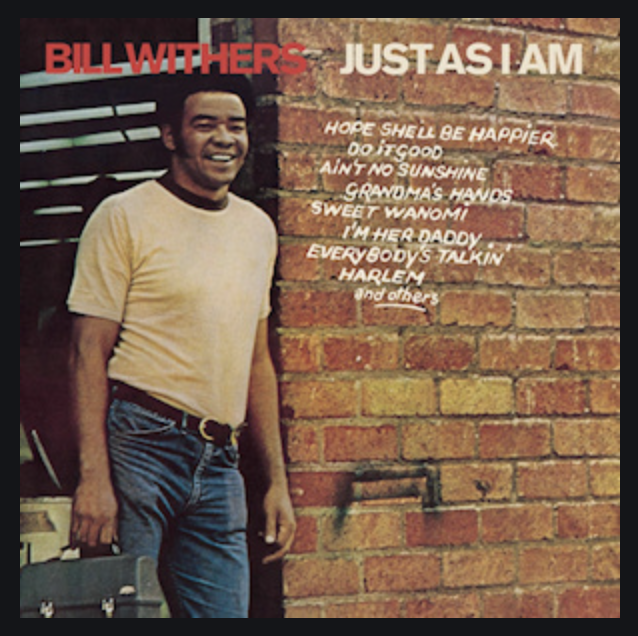
He told me I could only blink, and not move at all, so I settled into a lotus position in a good chair, with a pillow behind me for lumbar support, and then asked where to look?
I realize that staring at the green light on my webcam would hurt my eyes, so I chose a spot just outside my bedroom window, where some Aspen leaves were shimmering in the breeze.
In Rob’s process, at that point, he turns off his webcam and his speaker.
He disappears, and I was left with my music, my trees, and my stillness.
Obviously, it felt like meditating, and because the songs were both powerful and emotional, a serious tone was set.
It was amazing.
I don’t remember the last time I sat that still, without my mind wandering.
You can only blink.
By the time he came back, and said we were done, I wasn’t cramped, or bored, and probably could have gone longer.
I felt refreshed from the meditation, and energized by being a part of someone else’s creative process.
“This should probably be this week’s column,” I said, and Rob quickly agreed to share his images with us.
My only caveat was, I needed to see the photographs first.
Given the process, they look like ghostly 19th Century pictures, which is a great visual connection to the past, given that photographers also required still sitters then too.
The truth is, the prints are soft and pasty in the best way, I imagine, but the reproductions of the prints are a bit flat for our purposes.
Rob was kind enough to agree to boost the contrast just this once, for us, as it will help you appreciate the project more, in my opinion. (And this is an opinion column, after all.)
I asked if he’d be willing to answer his own questions for us too, and he blushed for a second, admitting no one had asked him to do that yet.
So behold his thoughts on Covid-life, and then we’ll share a set of images too. (Including portraits of Jonathan Feinstein and Jonathan Blaustein, who look nothing alike.)
See you next week!
Rob’s Answers:
1. What is something you’ve lost since shelter in place was mandated and the world went into quarantine?
I’ve lost the sense of urgency with which I used to navigate my life, and have since found the time to slow down and appreciate the subtleties that its made of.
2. What is something you have gained through this experience?
I’ve gained this project and through it a great sense of purpose and countless meaningful connections to people around the world.
3. What is something that you think will never be the same after this?
It’s difficult to say that something will never be the same – forever is a very long time after all. I fear our memories only last so long and perhaps not long enough for us to realize the positive changes that can come of this. The sentiments that have been echoed throughout the making of this project make me hopeful that enough people believe that things will be different. I’m not sure what that different looks but I’m curious to see where we land. It’s just a matter of time.
